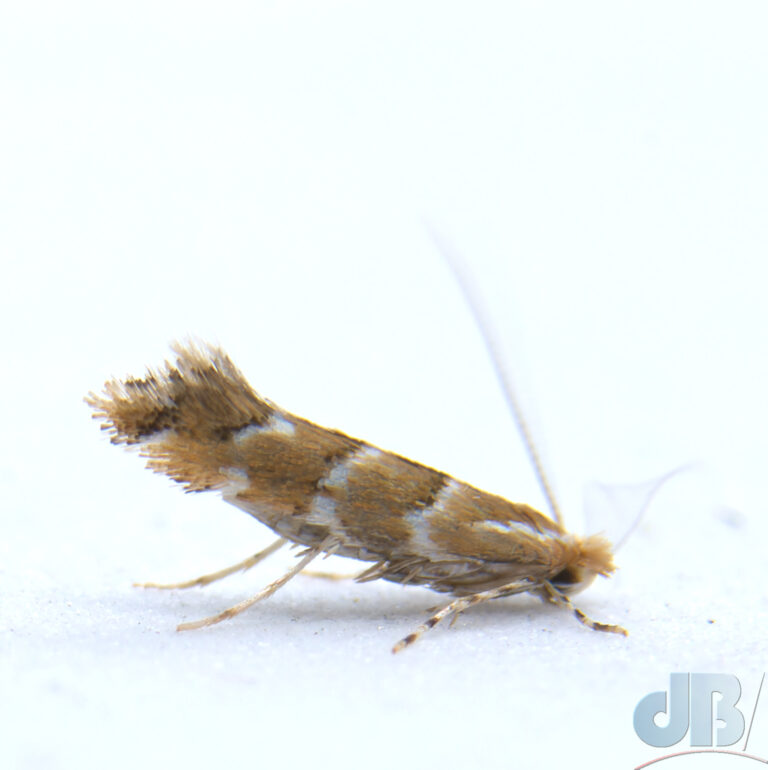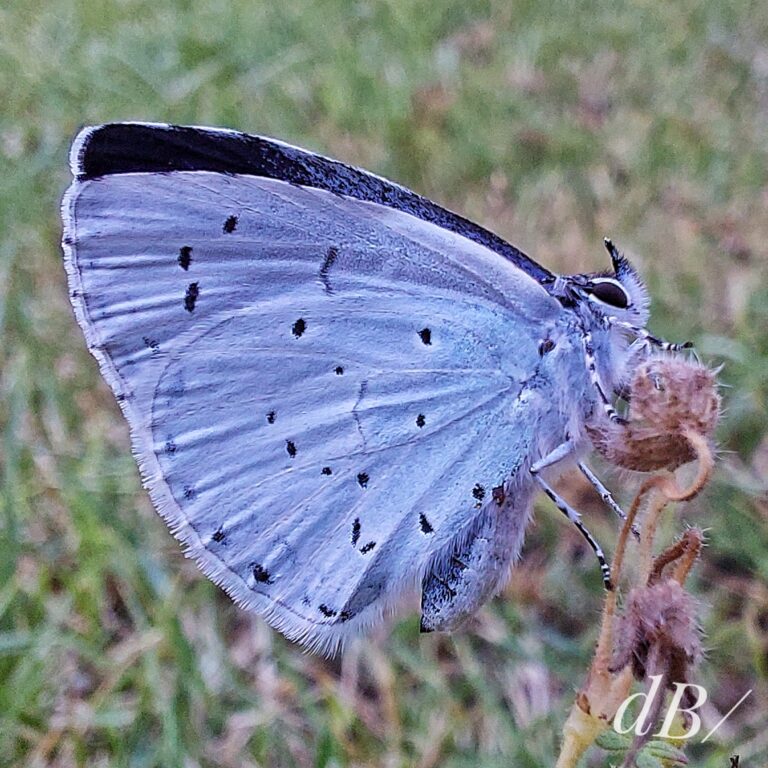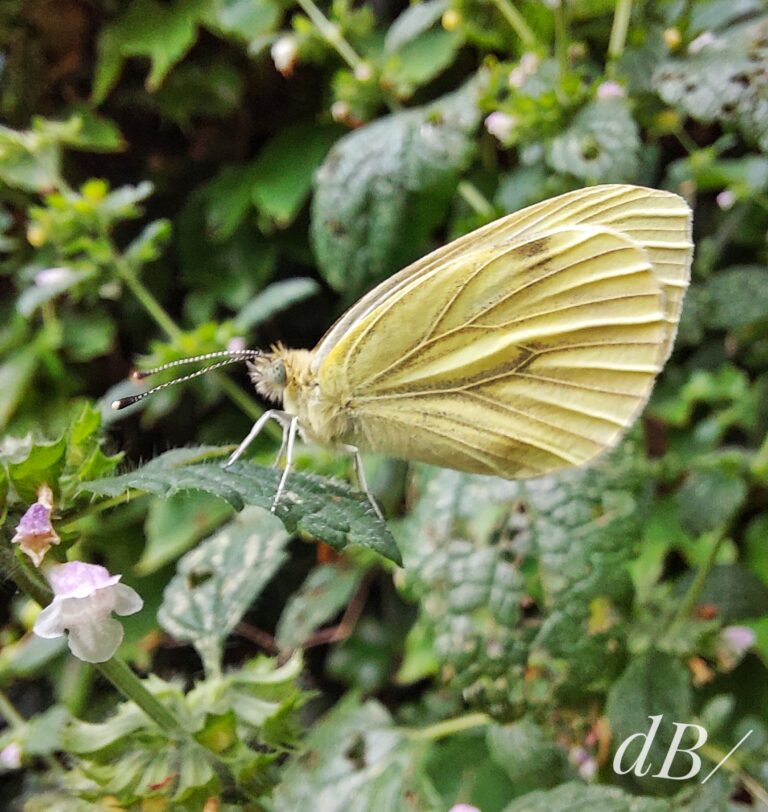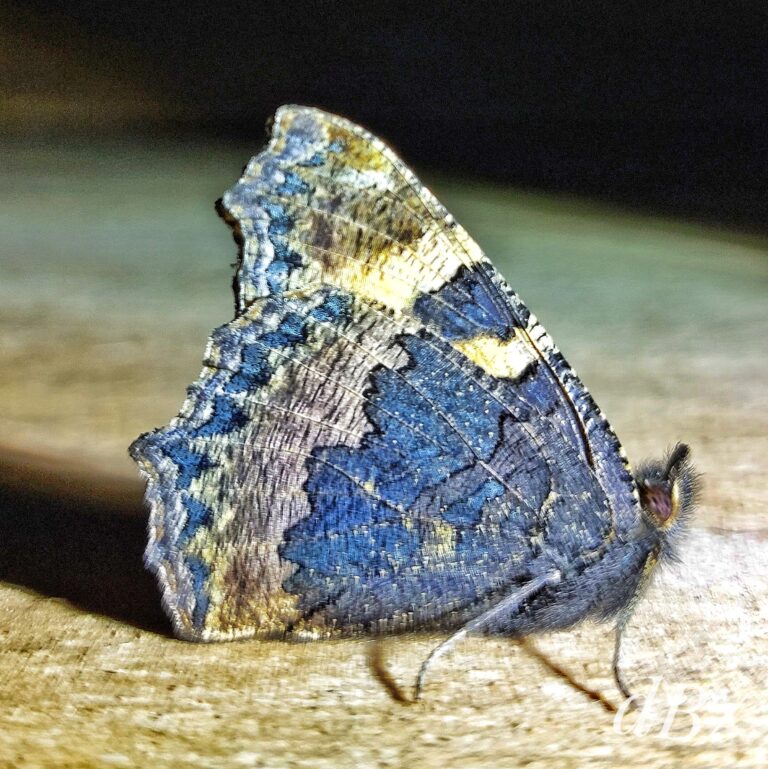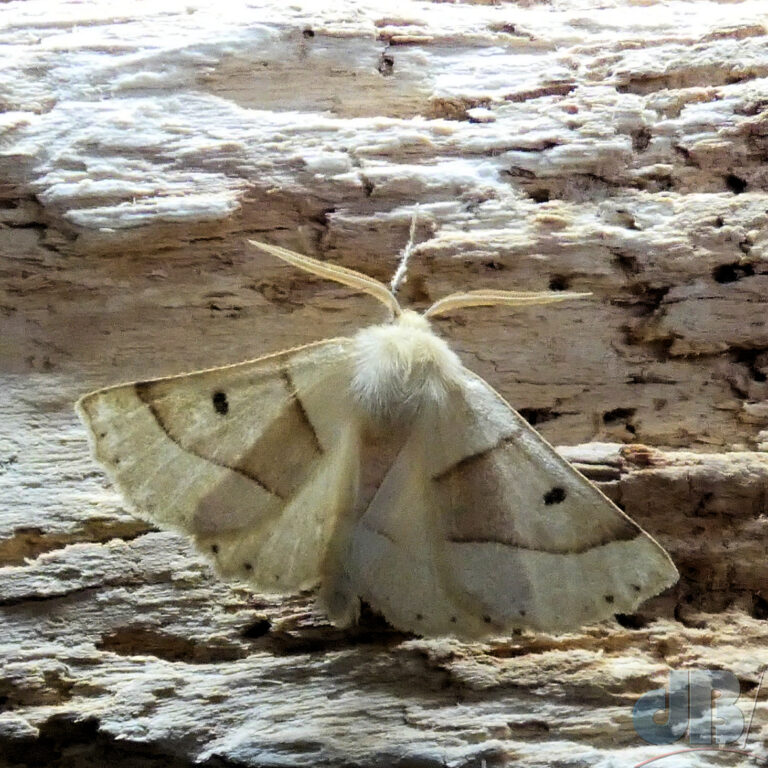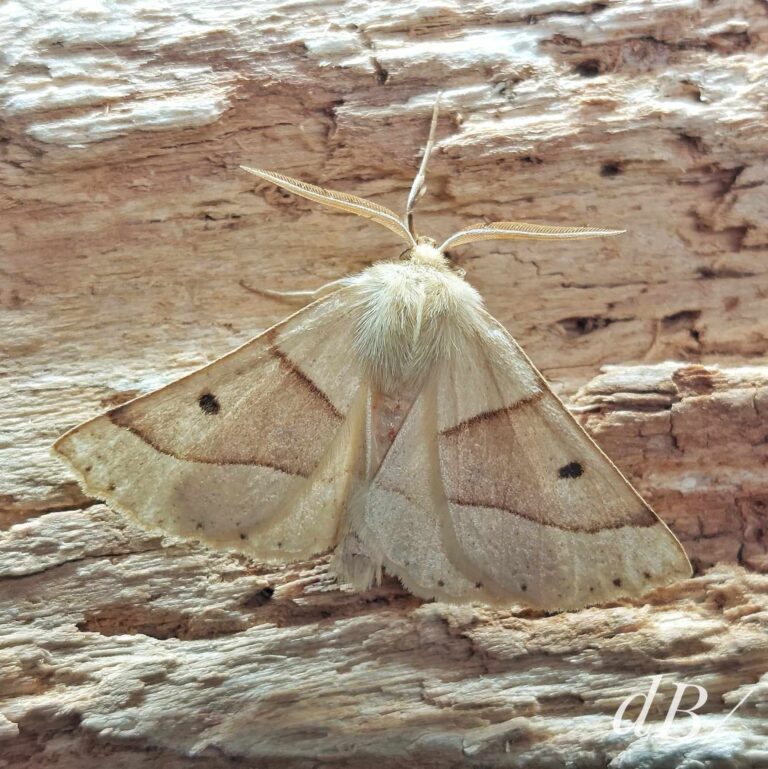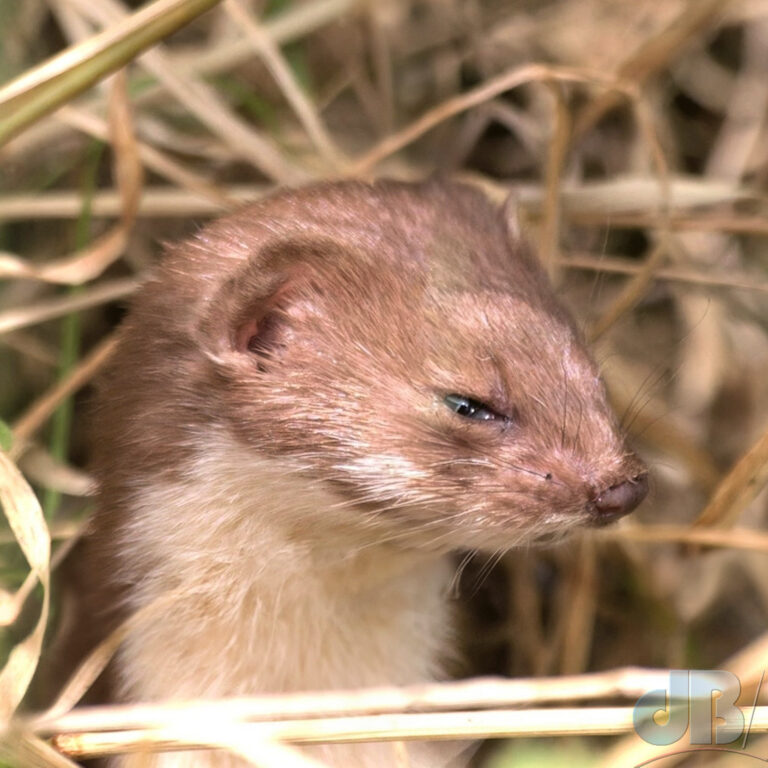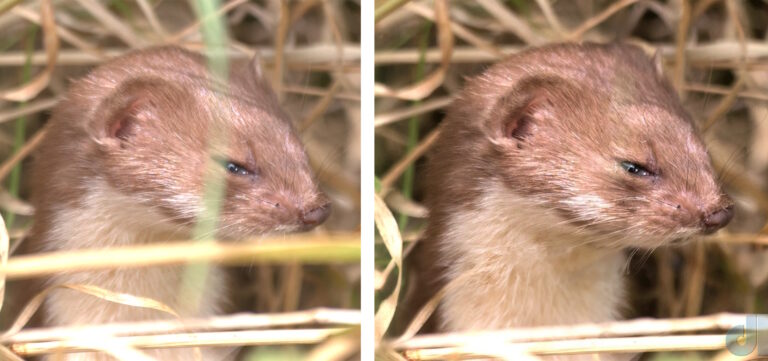We took a quick and easy flight to Menorca with an offsetting airline, first visit there since 2000 and first flight since our trip to Greece in the autumn before COVID…
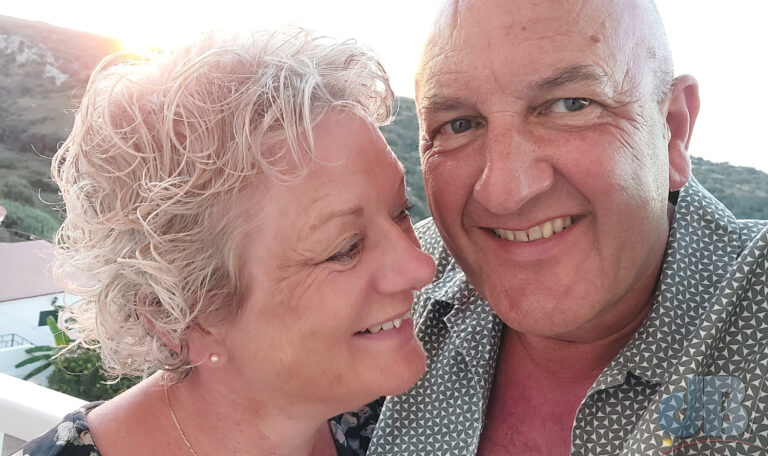
Anyway, we half-planned a lazy week of traditional sun, sea, and sand, and maybe some sangria. Temperatures were high – well into the 30s – the sky was blue and clear every day and at dusk full of Common Swifts, and at least one or two Alpine Swifts as well as quartering Booted Eagles.
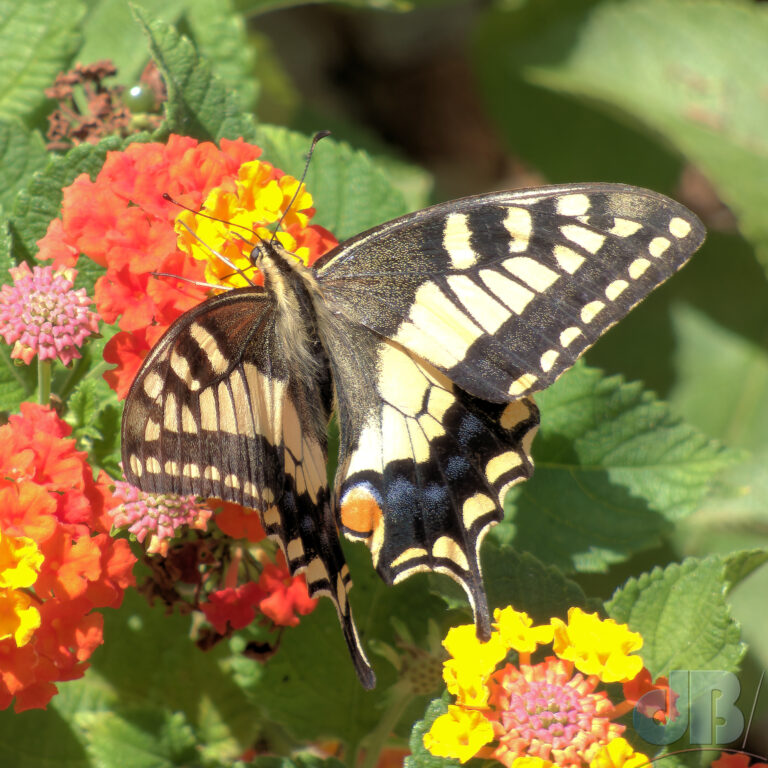
We spent some time by the pool, but the town of Cala’n Porter which overlooks a beautiful bay and is backed by a marshy gorge was irresistible in terms of hiking. Our first trek was pre-breakfast on the first morning after we arrived.

It was already almost 30 degrees before we’d reached the turning point to head back in time for breakfast. There were numerous Pied Flycatchers catching…flies…endless Cetti’s Warbler calling from the reeds, a Red-backed Shrike or two, and possibly a Black Redstart.
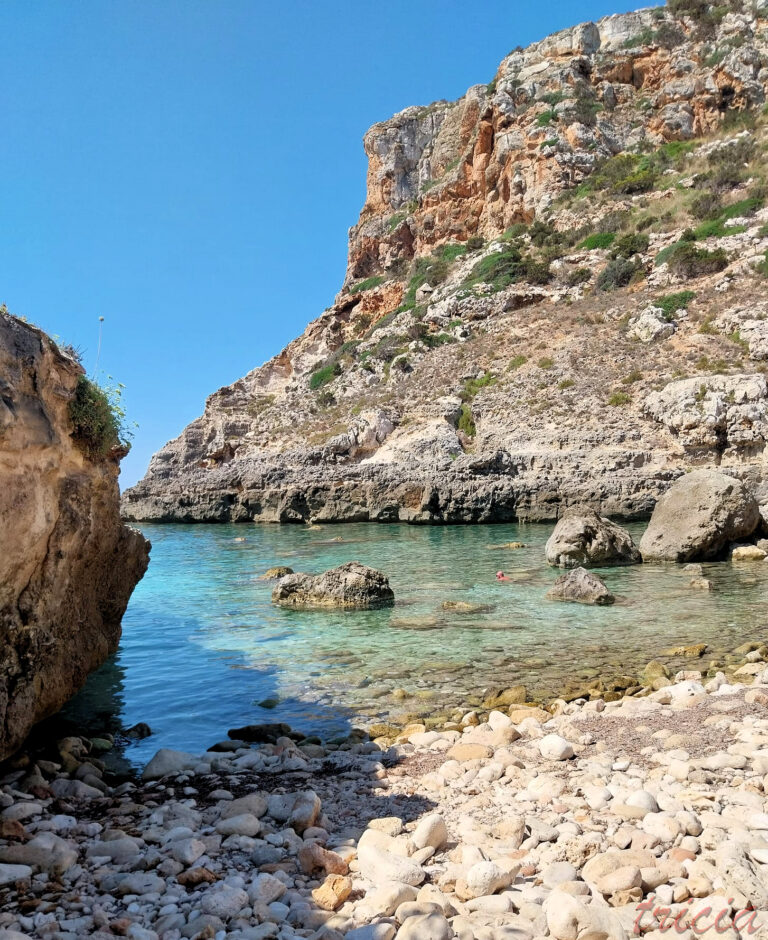
Post-breakfast, I took a closer look at the large patch of bougainvillea opposite our hotel and spotted numerous insects nectaring, various wasps and flies, several Hummingbird Hawk-moth, two or three Swallowtail butterflies, a couple of Cleopatra, a Clouded Yellow, and a possible, but unlikely, Two-tail Pasha, Southern Blue(?). I managed to grab photos and video snippets of one or two of those with an old Lumix bridge camera.
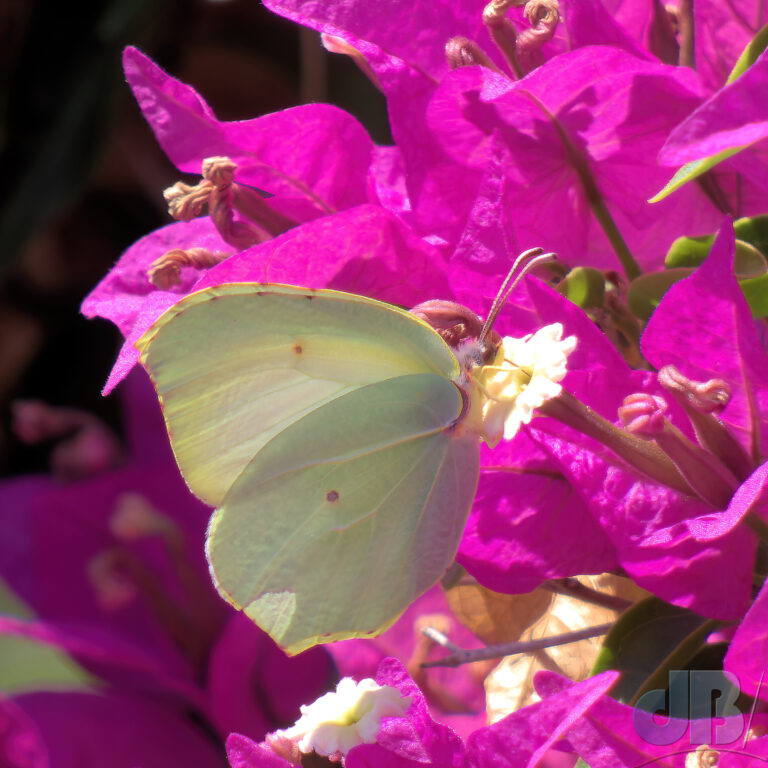
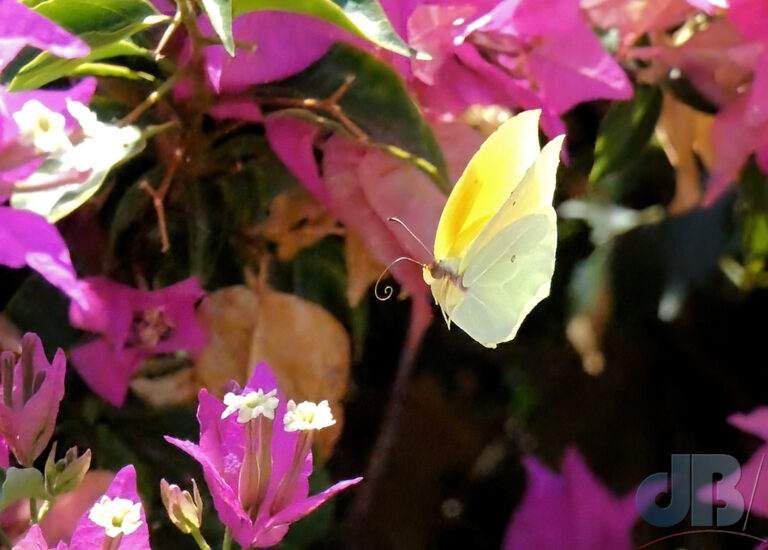
Second morning was a repeat trek, but the following day we headed further East and up into the clifftop garrigue (bushy scrub) in the hope of seeing, or at least hearing, a Hoopoe, Upupa epops. We were out of luck on that sighting for the whole week. Any boop-boop-boop call would’ve been drowned out by the cicadas in the pines, anyway. We were loaded up on water and got as far as we could go on this walk, the clifftop overlooking Playa de Cales Coves (8km round trip). The rocky cove is, we would learn later, more readily accessible, and ultimately swimmable, if you hike in along the Cami de Cavalls bridleway from our base in Cala’n Porter.
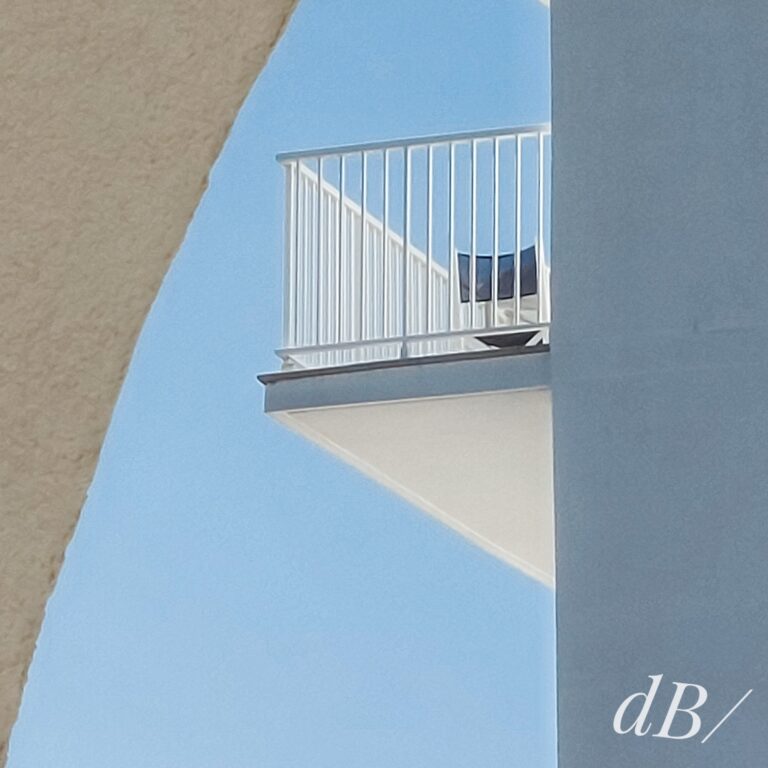

We turned back after watching and listening to several Booted Eagles over the cliffs and saw skittering lizards and hopping grasshoppers and crickets, some looking ruby red in flight (I’m assuming it’s the Red-winged Grasshopper Oedipoda germanica), another insect almost the size of a small bird (Egyptian Grasshopper, I think) but largely brown dashed about while we rehydrated along the clifftop. We inadvertently detoured a little too much heading back but eventually found our way back to the edge of Cala’n Porter and an astroturf sportsfield overlooked by a telecommunications tower. It was only another 20 minutes back to the hotel pool and we had the dregs of the water to just make it.
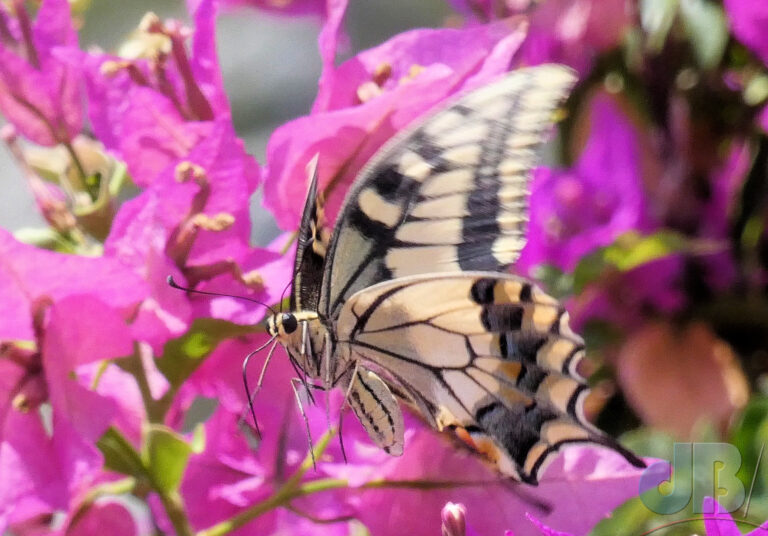
The next expedition was westward. We started along the edge of the Cala’n Porter marsh heading in the direction of Cala Llucalari and Son Bou beyond that. We didn’t expect to get as far as Llucalari, it would seem like a long (18.6km there and back), trek in the heat more suited to undertaking on horseback given the rocky terrain and the ups and downs. On the way, we spotted Large Copper and the southern races of Meadow Brown and Speckled Wood butterflies as well as a species that has been ubiquitous in England during the summer of 2023, Red Admiral.
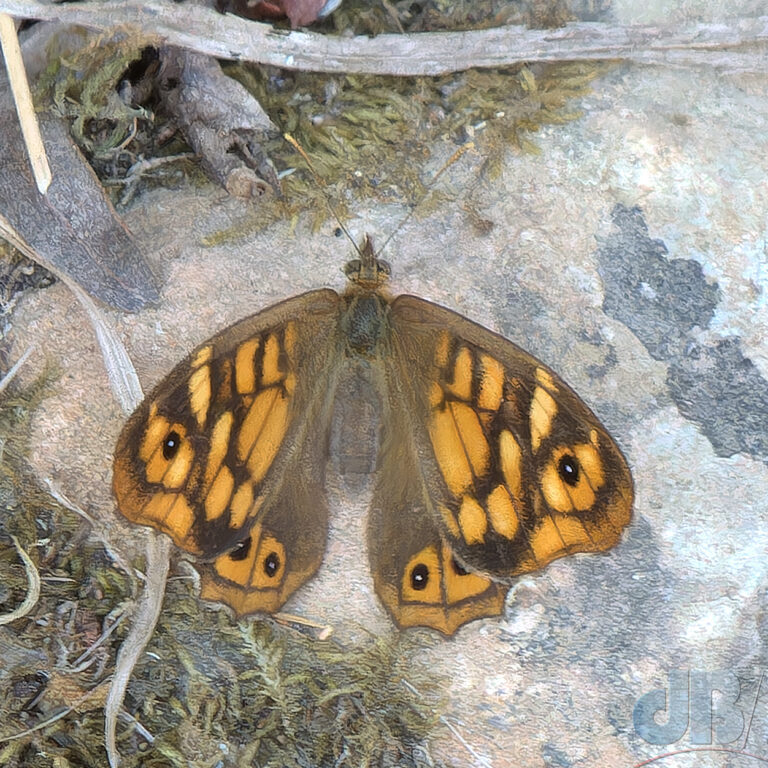
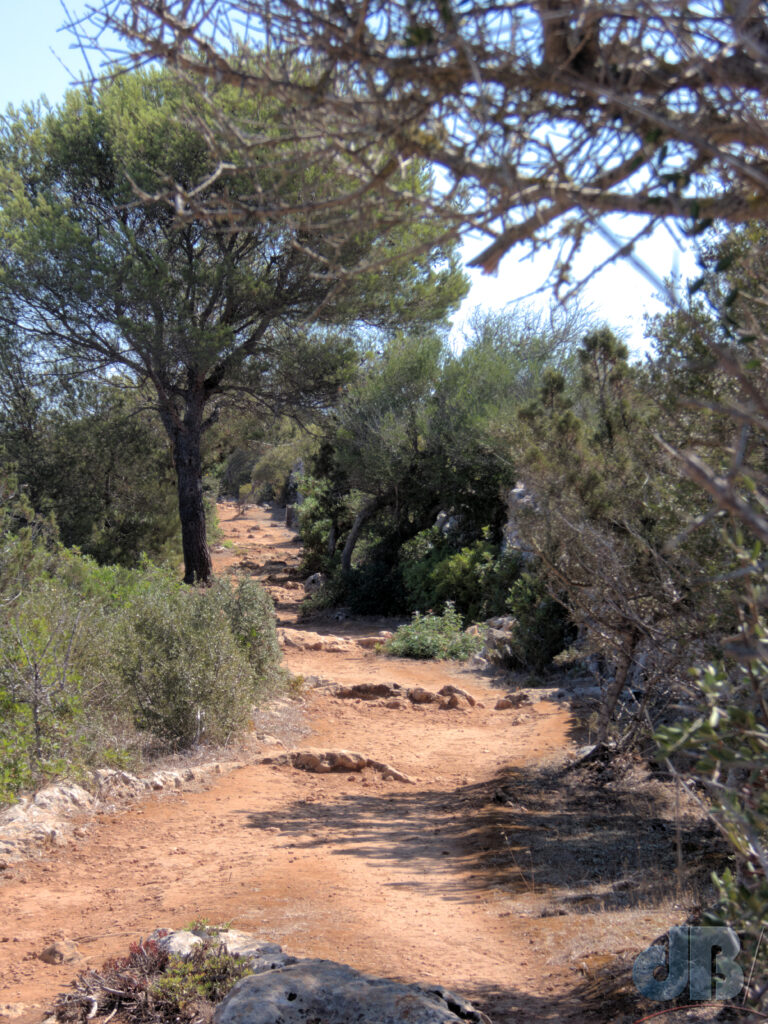
Regardless of the terrain, we kept going and we espied the Mediterranean as we crowned a patch of “farmland” beyond some new olive groves being tended in the height of the heat. It was then downward to the rocky beach of Cala Llucalari.
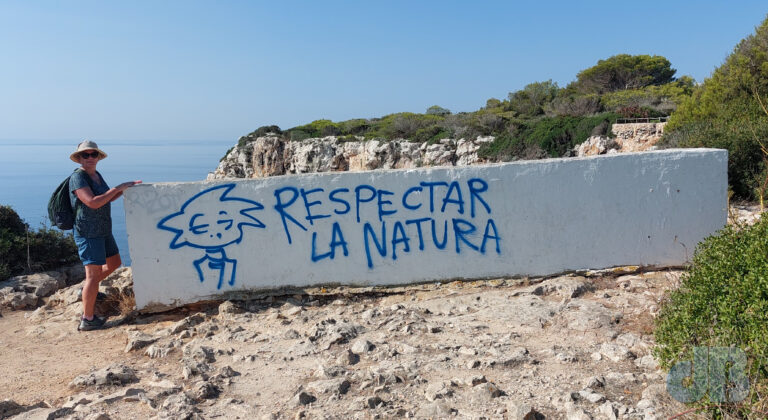
The beach was a sight for sore eyes but without beach shoes getting into the water was a little tough on bare feet but truly worth it once we were submerged. There were lots of Blue Rock Thrush darting about, Cleopatra butterflies, Small Copper, Large Copper, several of the aforementioned “blues”, as well as Scarce Bordered Straw, Silver Y, and Palpita Vitrealis moths. Highlight has to have been sighting of a pair of Egyptian Vultures, which circled overhead while we were swimming. I managed to get back to the shore and grab my camera for a snapshot just as they disappeared over the cliffs. A Lesser Kestrel came over minutes later.

The hike back from Llucalari back to Cala’n Porter was hard work, hot and tough on the back and ankles, but we made it in reasonable time to grab our evening meal. We decided to have the next day off from walking and the risk heatstroke.
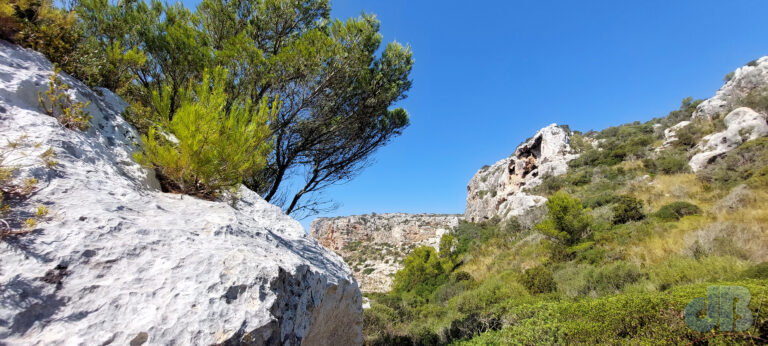
Our next adventure/expedition was to take the “correct” footpath to Caya de Cales Coves, the Cami de Cavalls. We headed up and out of Cala’n Porter to the aforementioned sportsfield where we discovered that post number 1 on Stage 17 of the Cami is right there. It was a mere fifty-minute hike (6km there and back) to the beach via several lizards and a tortoise, The cove is flanked by natural and manmade caves that were used as a necropolis at least as long ago as 1500 BCE. It’s a beautiful beach, a kayak and yachting target, so a little bit busier than Llucalari, but we found a spot to swim from and to watch the Booted Eagles once again soaring above the clifftops. There was a flash of Kingfisher blue that darted through a rocky arch on the shoreline and almost collided with me before veering off across the water. We headed back after that for more…you guessed it…more pool time.
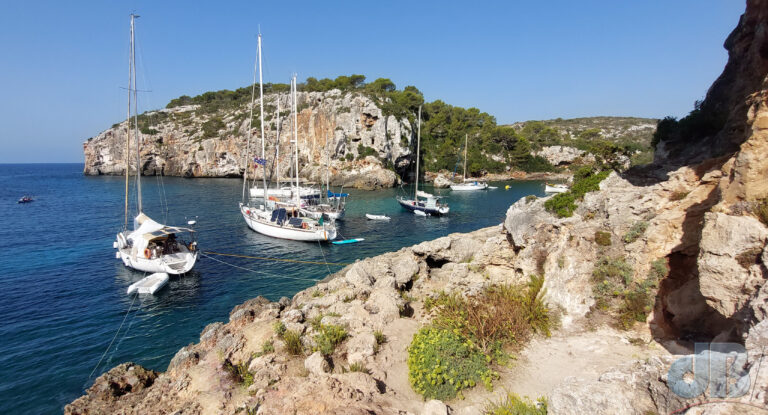
I should, at this stage, point out that afternoon pooltime usually involved a bit of swimming, at least a couple of cervezas as well as an occasional survey of that bougainvillea opposite the hotel. The cervezas and the hummers kept coming, but there was no second sighting of Swallowtails sadly.

Evening entertainment was provided by the setting sun over the clifftop opposite our hotel balcony, the waxing moon, an evening meal at the hotel and an occasional foray into the relatively quiet bar and restaurant area of Cala’n Porter to take in some of the “interesting” musical artists. These included a “singer” called Niko (Megastars), who was by turns Elvis, Tina, and Freddie and on our last night ABBA Seagull who definitely did that band’s repertoire justice with just enough finesse and plenty of tongue-in-cheek. Acts back at the hotel included a solo singer with a stetson who strangled The Eagles and murdered Merle Haggard and Afrodiviac who enraptured at least one youngster staying at the hotel with her Gloria Gaynor.

It spat with rain towards the end of ABBA’s performance and the forecast for Sunday was looking cloudy, potentially very wet, and with a serious risk of flight-delaying lightning. We packed up and headed for our last breakfast in the hotel, no more Spanish omelette, but plenty of fuet sausage to send us on our way.
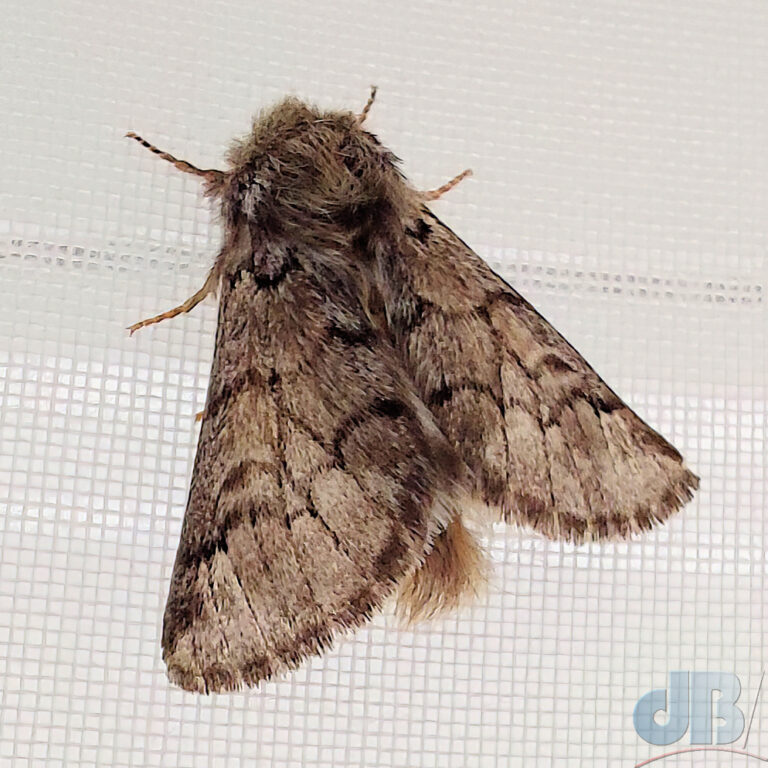
There seemed to have been something of an irruption of Pine Processionary moth in the hotel corridors, perhaps driven in by the change in the weather. There were various others hanging around too (Rush Veneer, Light Brown Apple Moth, Small Dusty Wave, Rusty Oak/Birch Button), and a roosting Hummingbird Hawk-moth. Our final morning awaiting transport was thus a bit of an ad hoc mothing expedition around the hotel lobby. There was always the tiniest of chances of spotting something big and squeaky, but no such luck.

The weather seriously broke as we sat at the airport, not sure we’ve ever experienced such bad turbulence before take-off. Thankfully, our departure was only delayed by a couple of hours. There was genuine turbulence at 36000 feet, but nothing too exotic. Landing, security, baggage reclaim, customs, and back to the car park were smooth. We were home not seven hours after the morning’s nothing. As the sun went down Mrs Sciencebase and myself were musing on whether to start packing for our next trip…



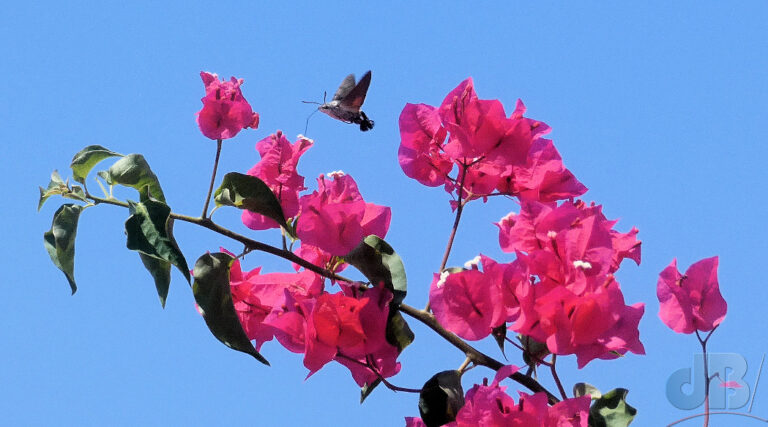
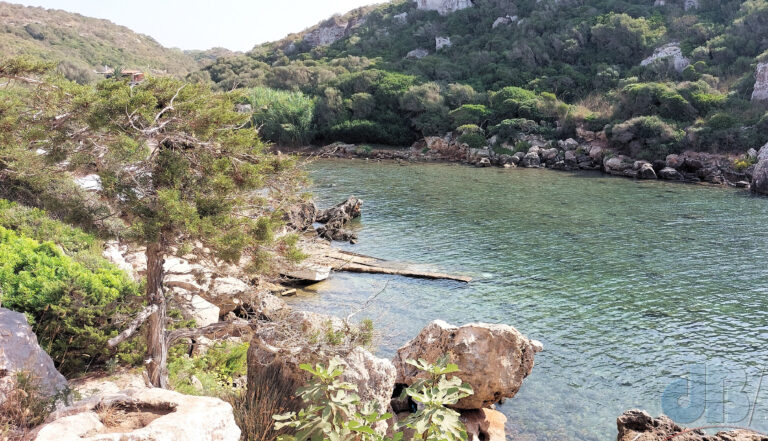

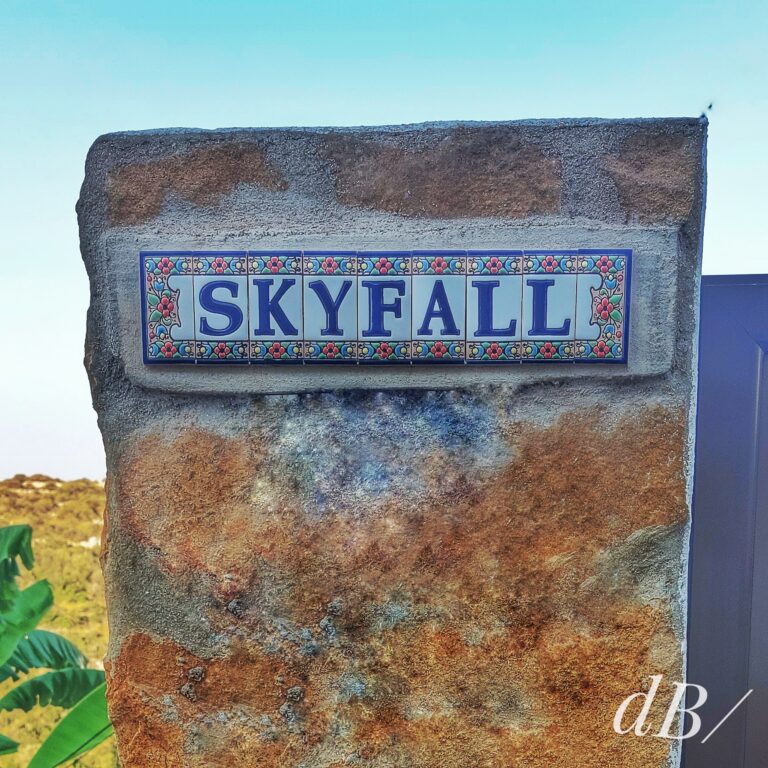

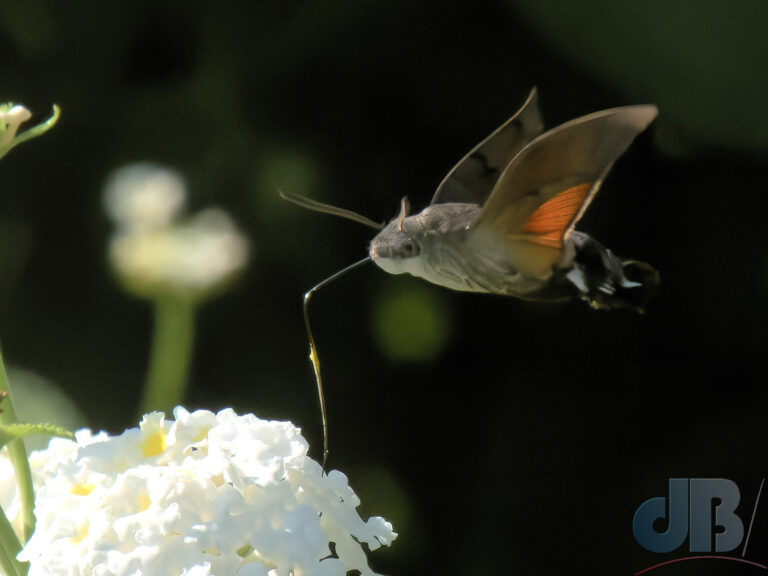

Superzoom view of hilltop villas, Cala’n Porter
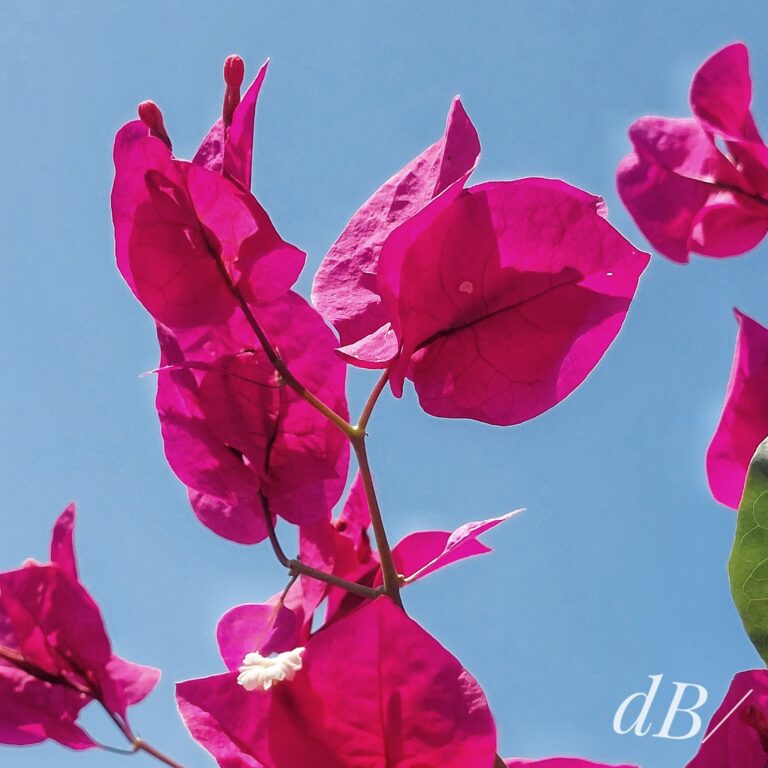
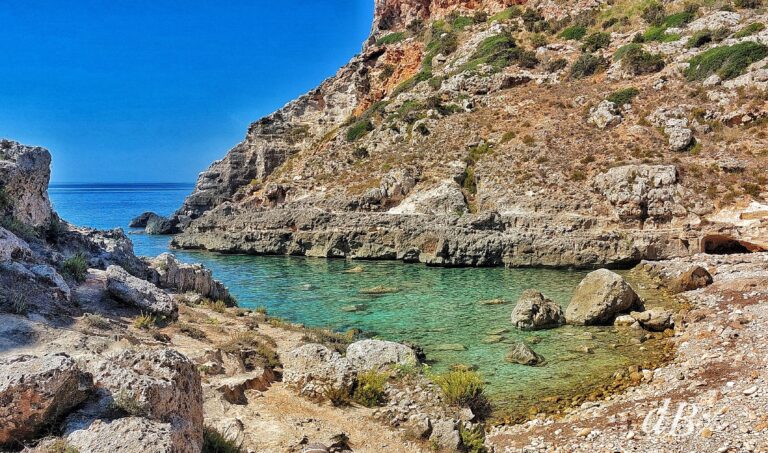



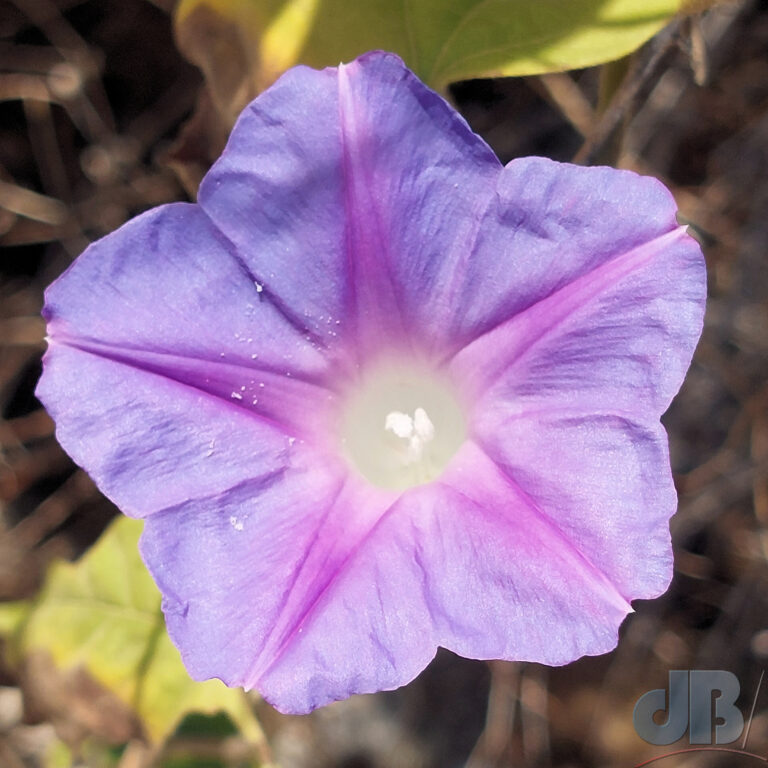
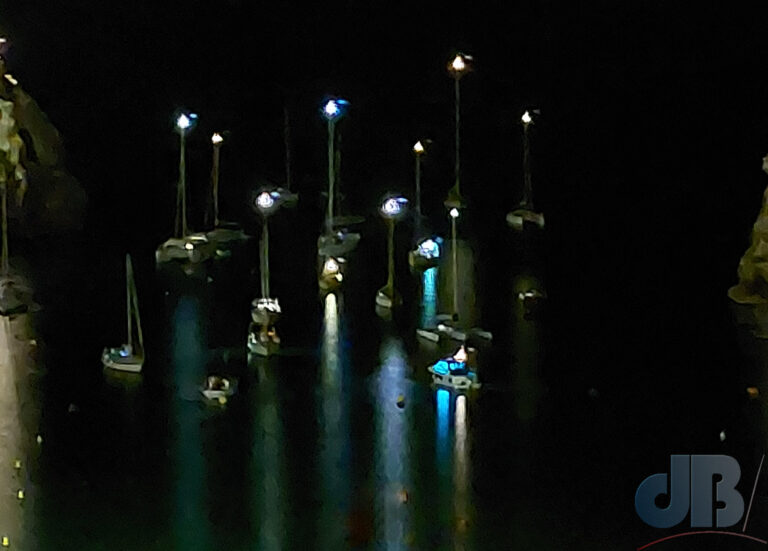
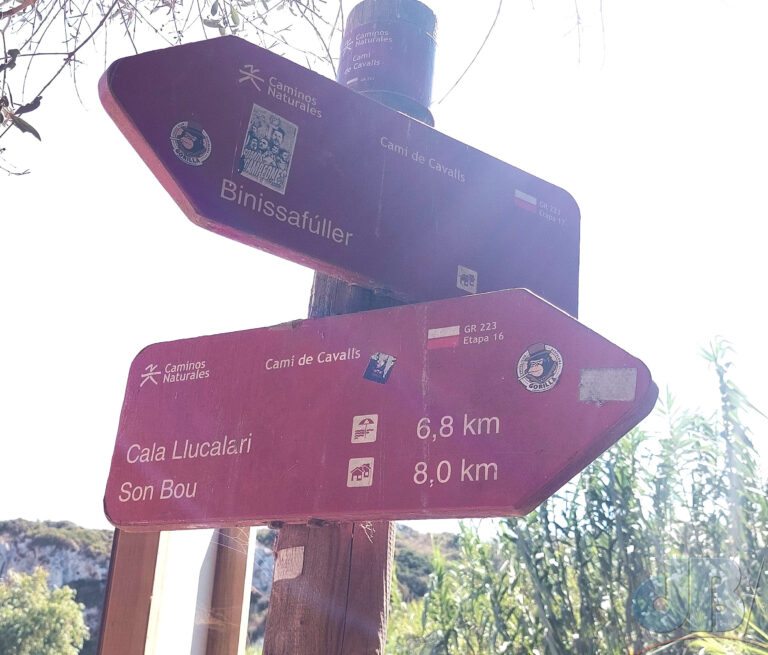
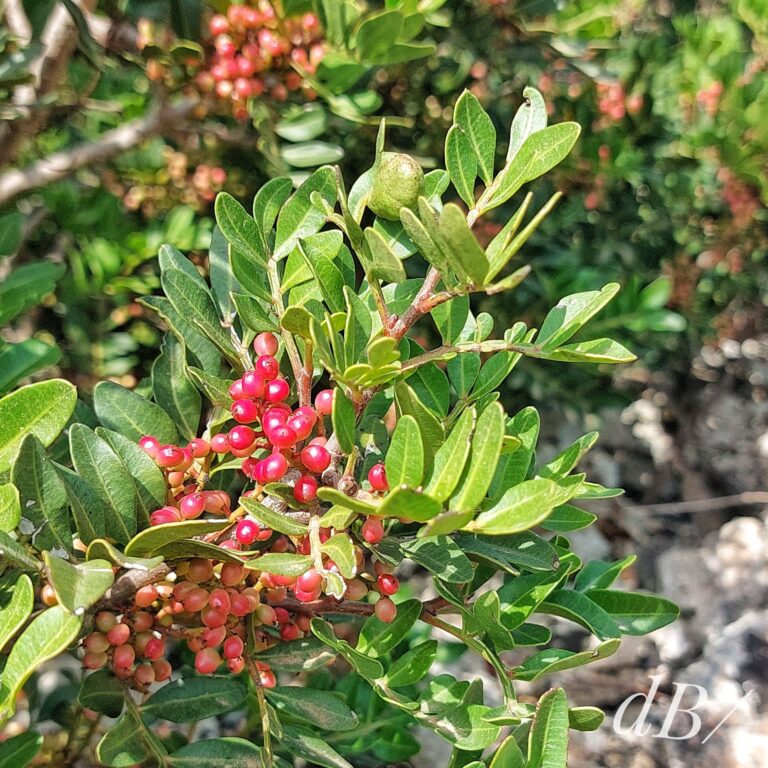
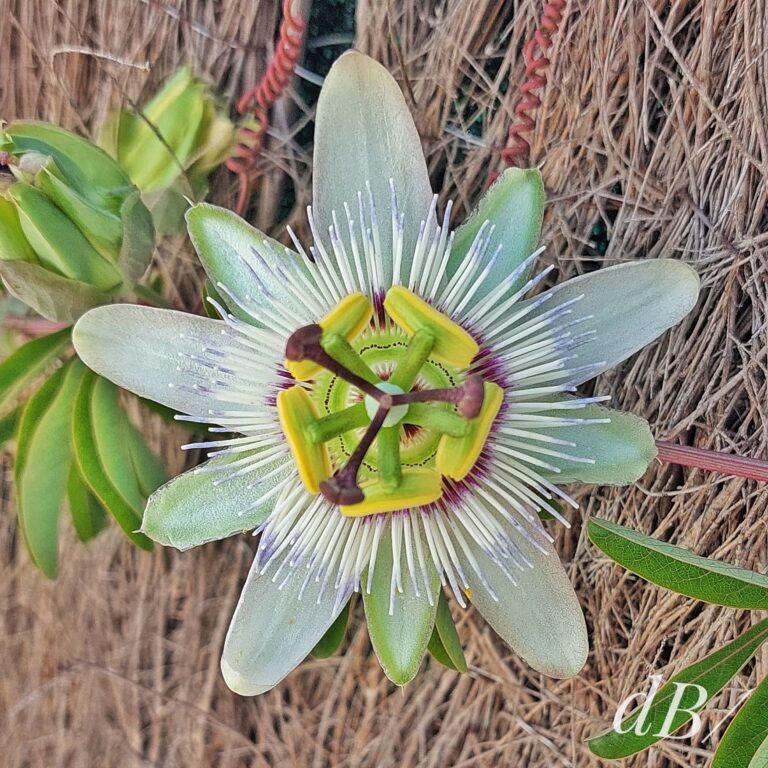
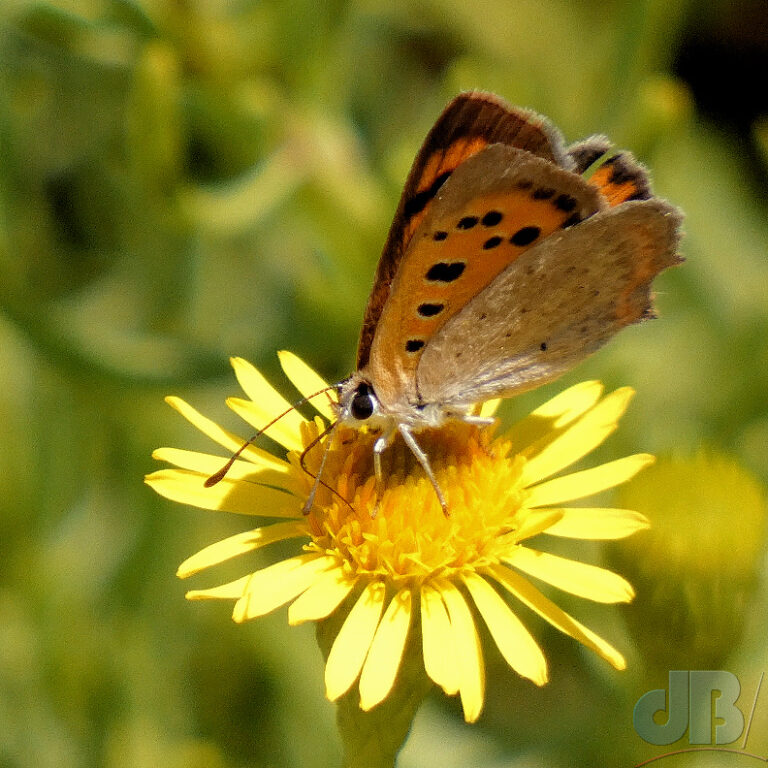
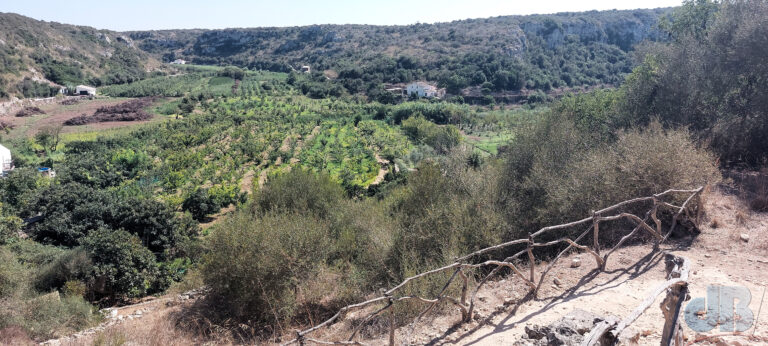


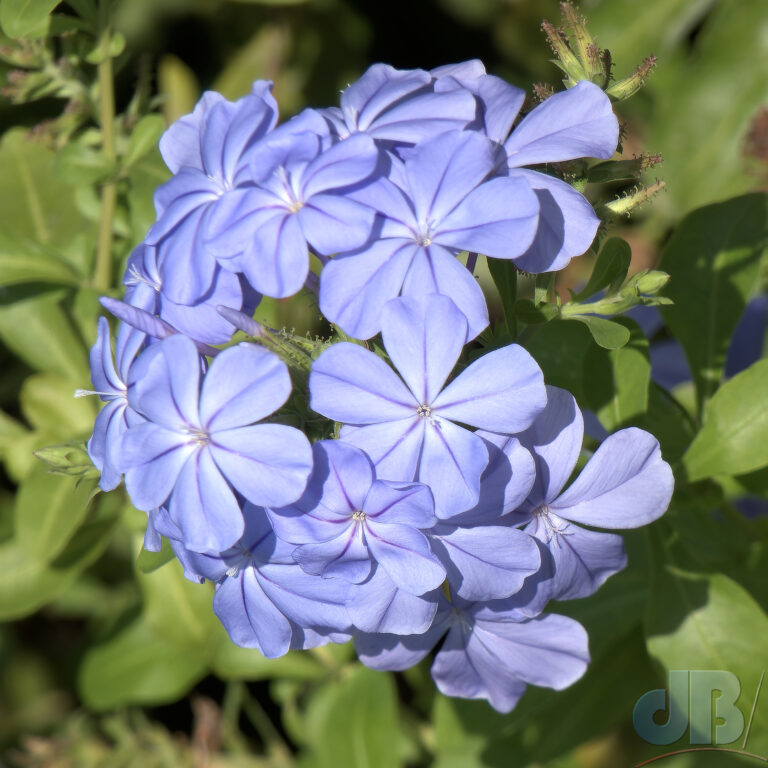
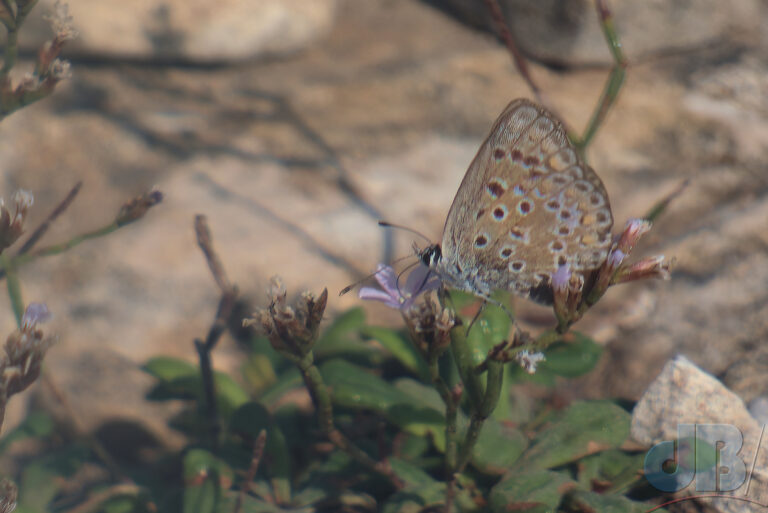

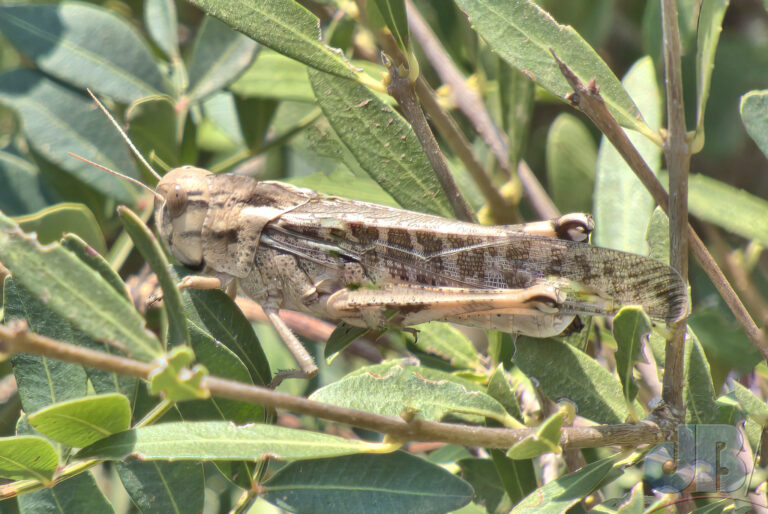
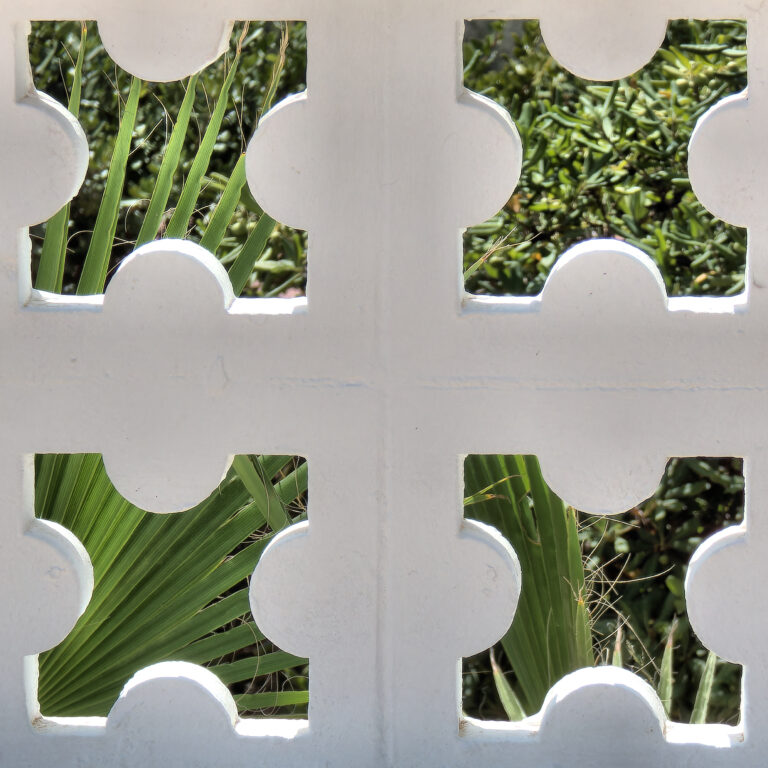
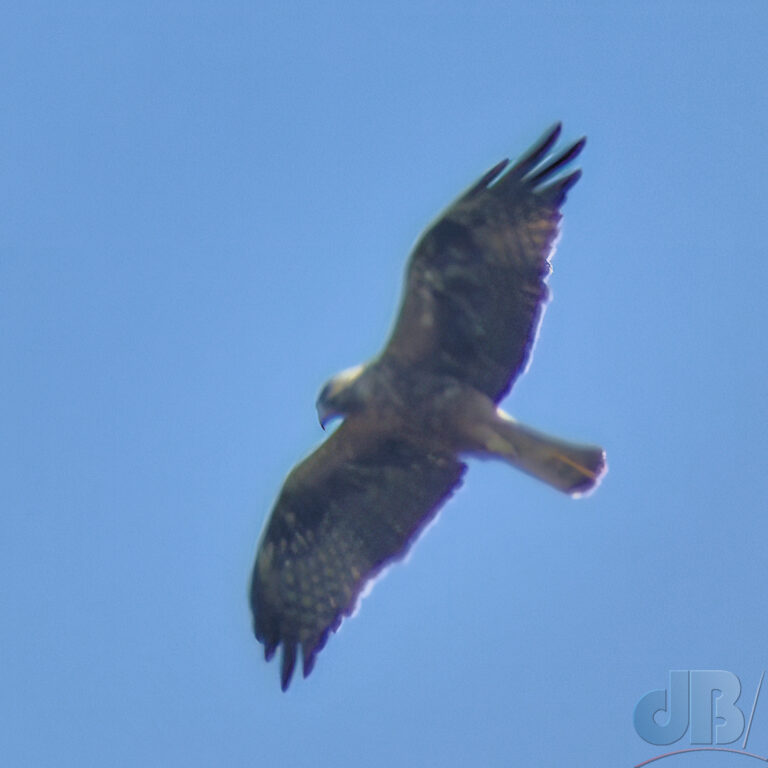
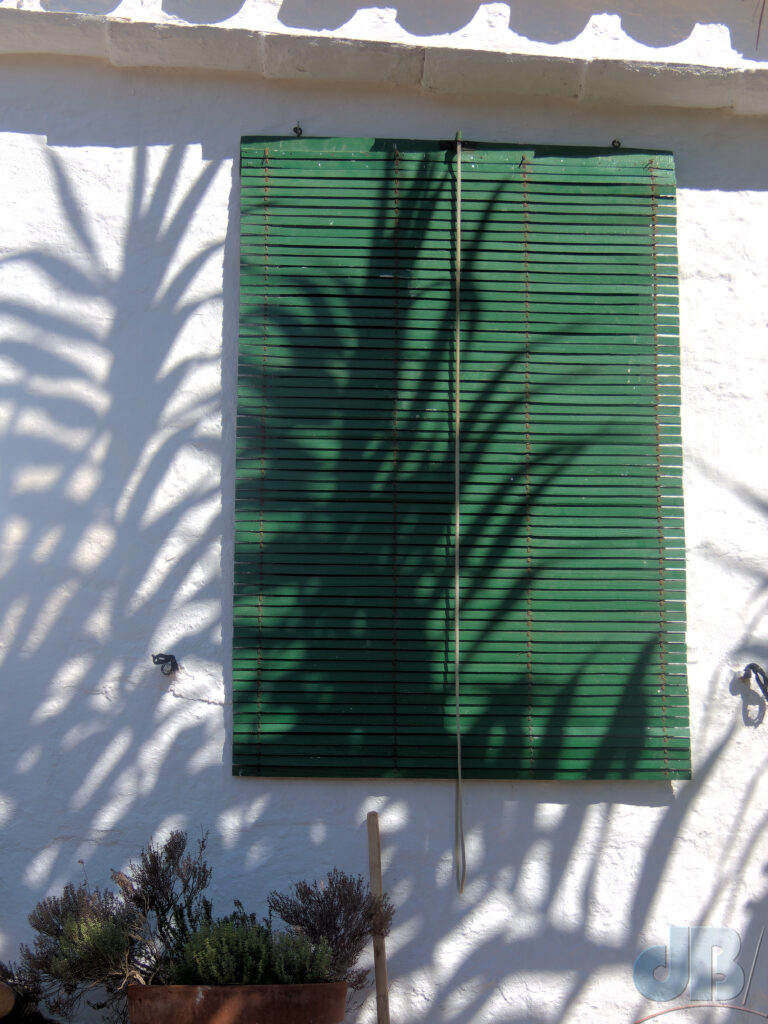
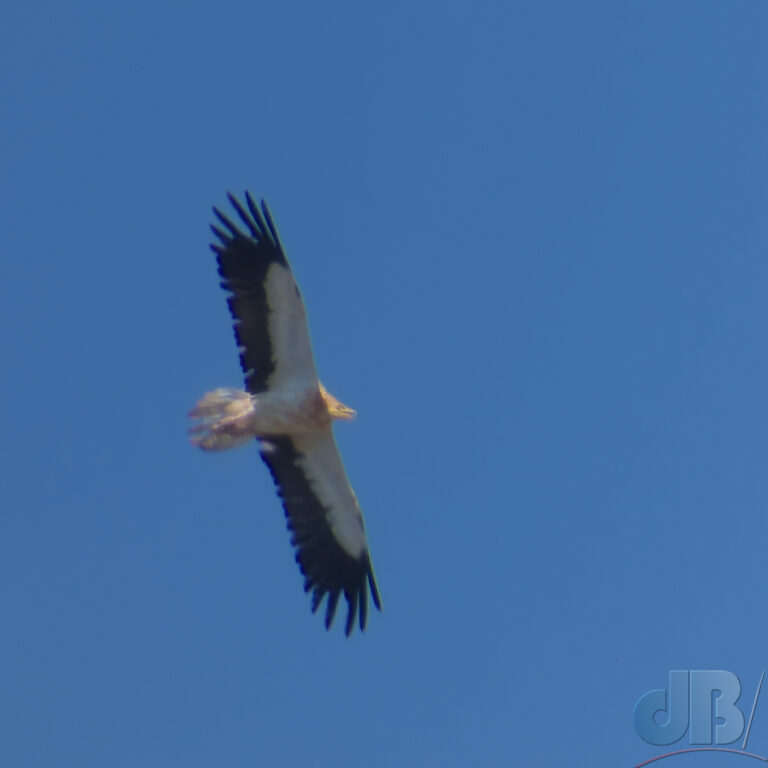
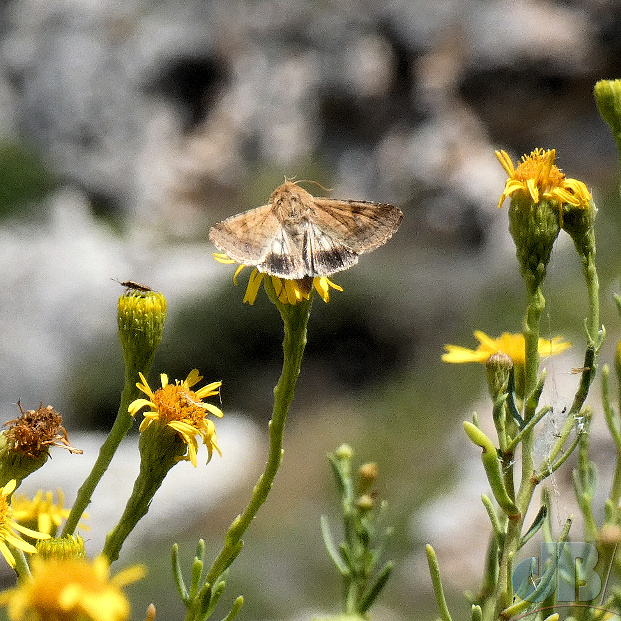
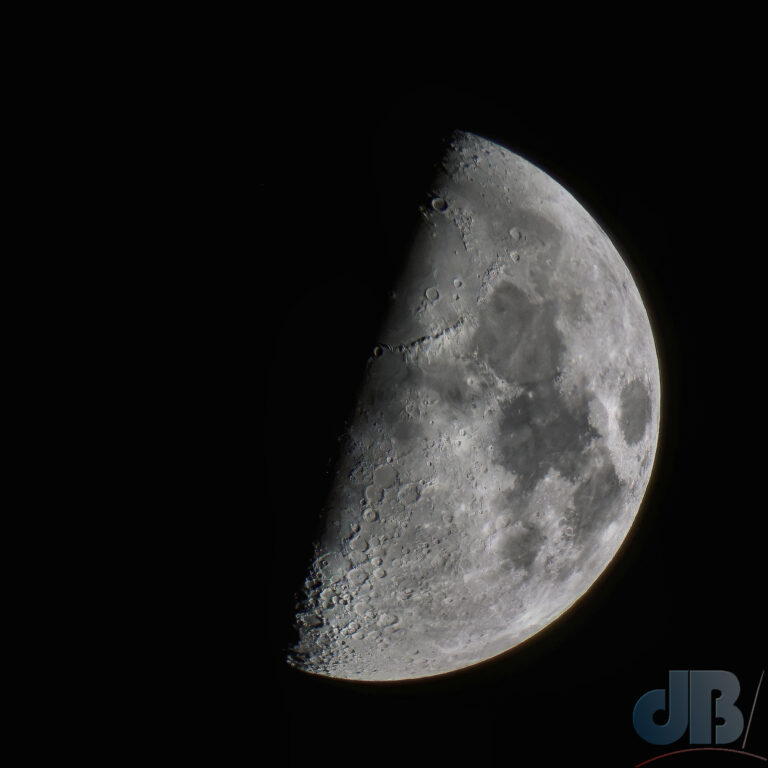
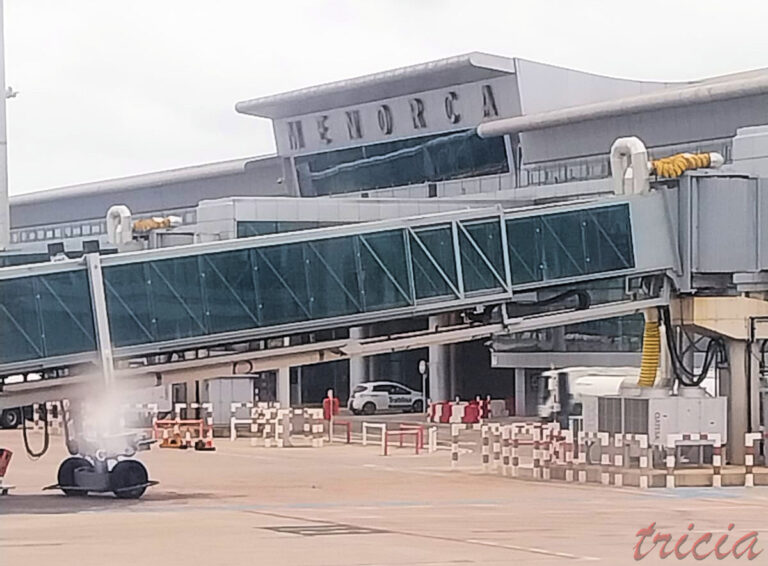
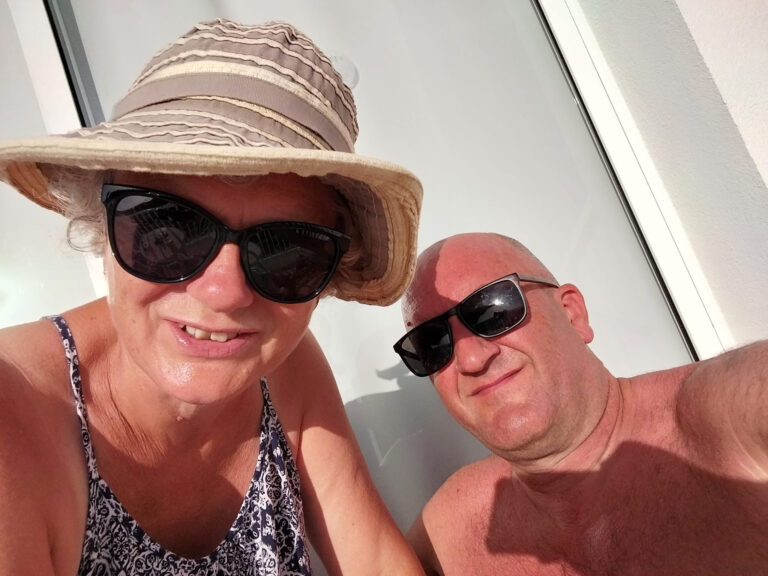
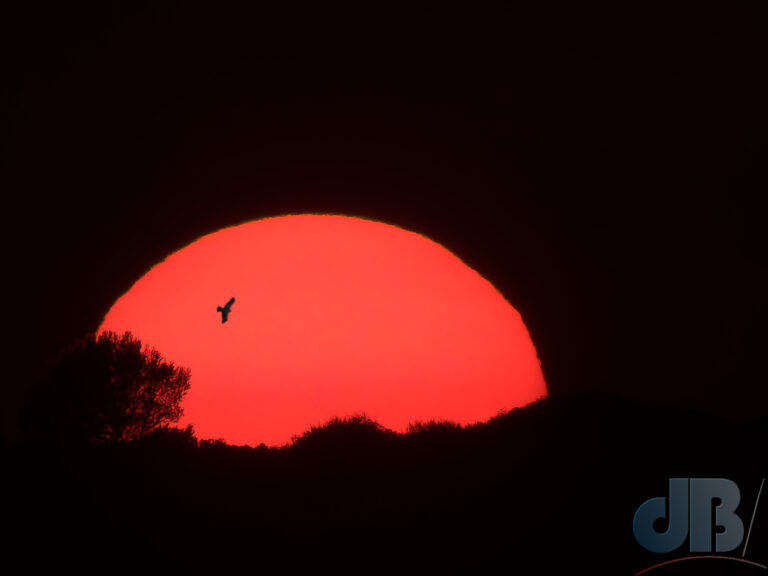
Photos with the white, skew dB/ logo were taken on my phone. The ones with my “proper” dB/ logo were taken on a Lumix DC-FZ82, which I originally bought for that Greek trip but never used. Those with the tricia logo were taken by Mrs Sciencebase on her phone.
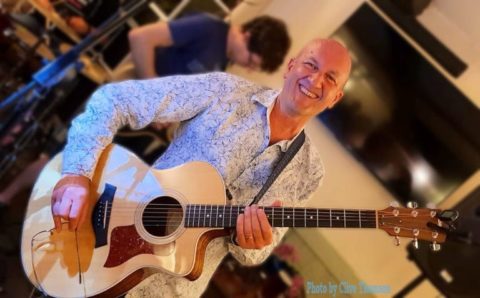
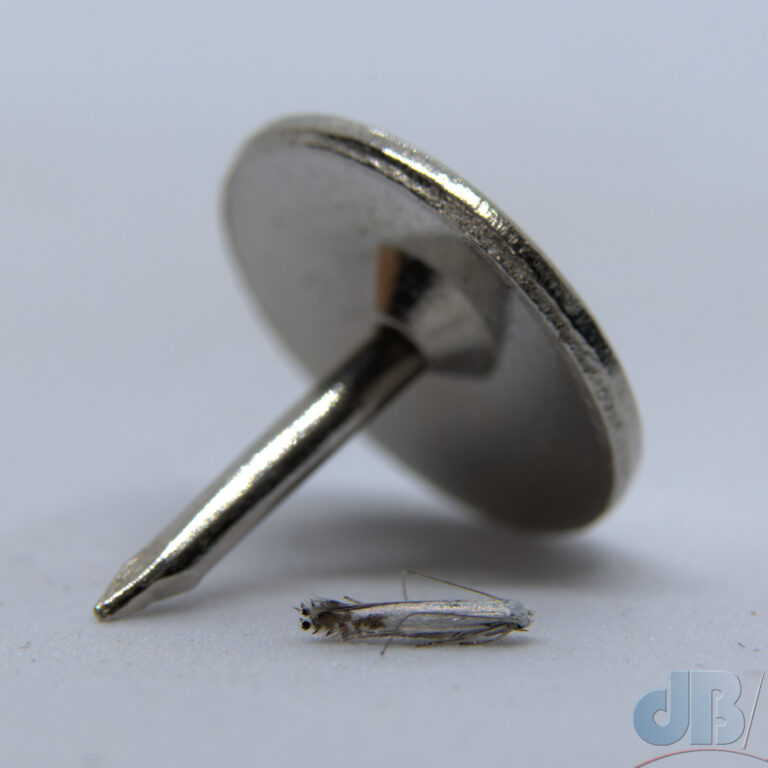
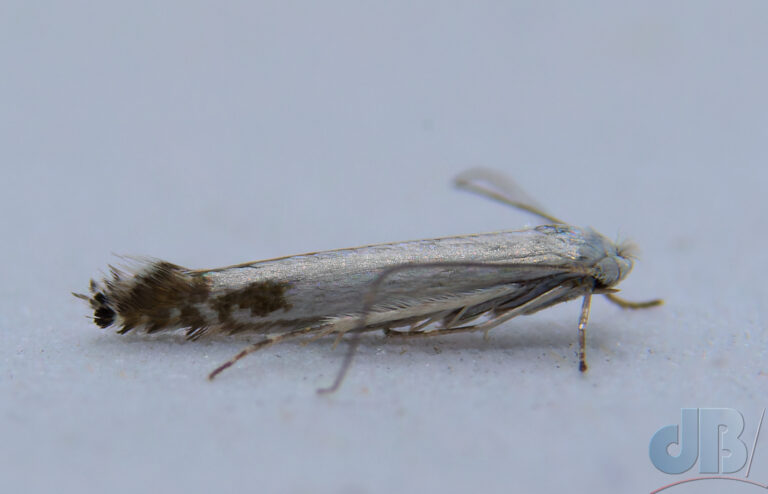
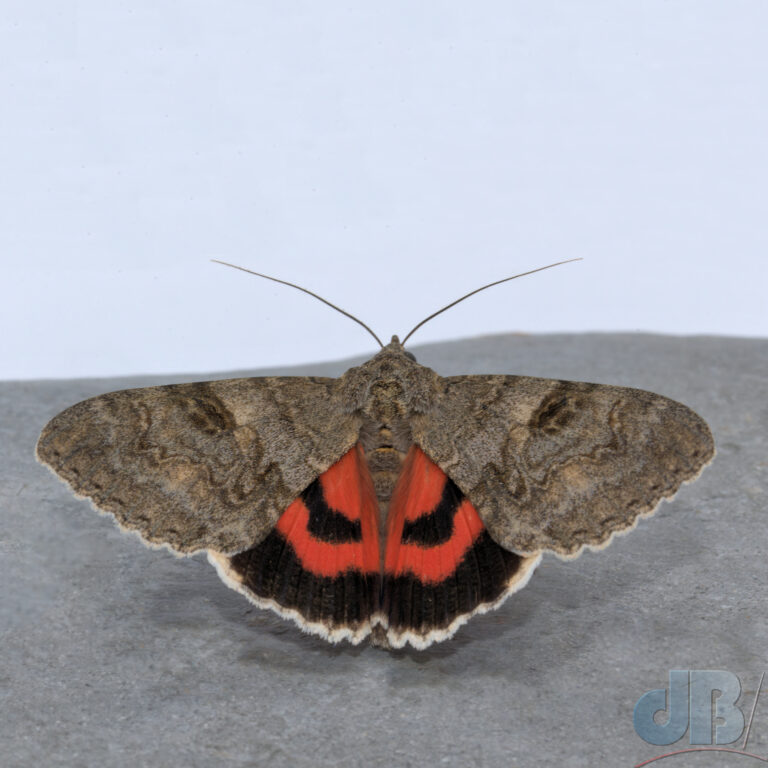


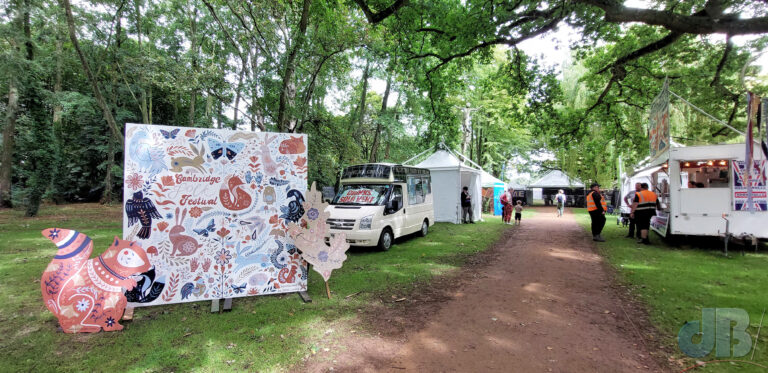
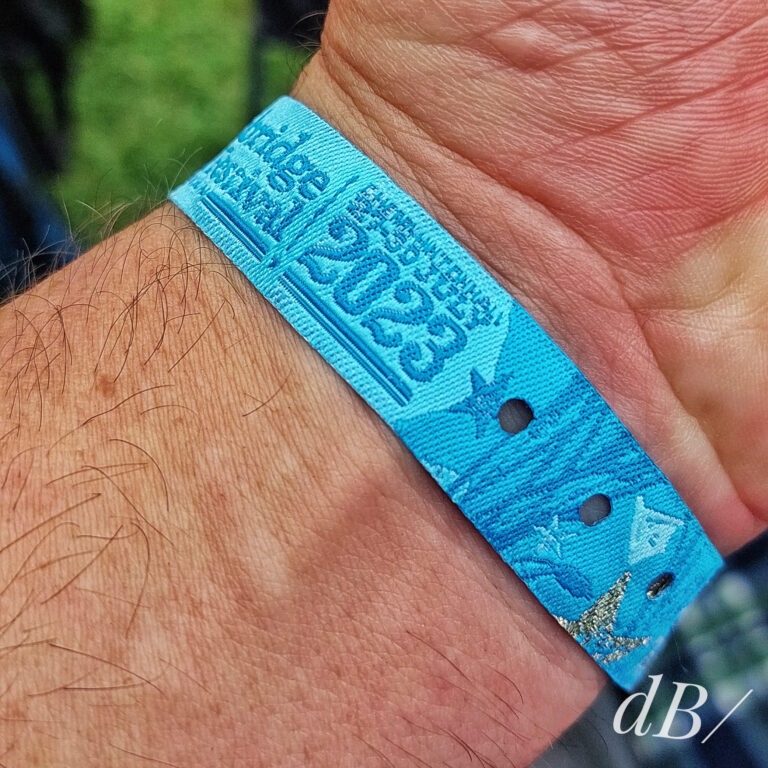
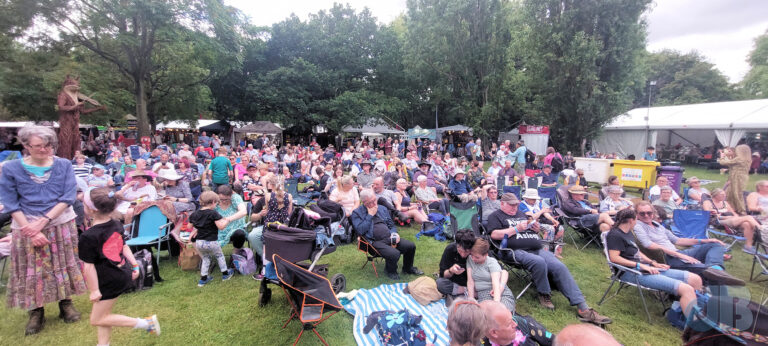
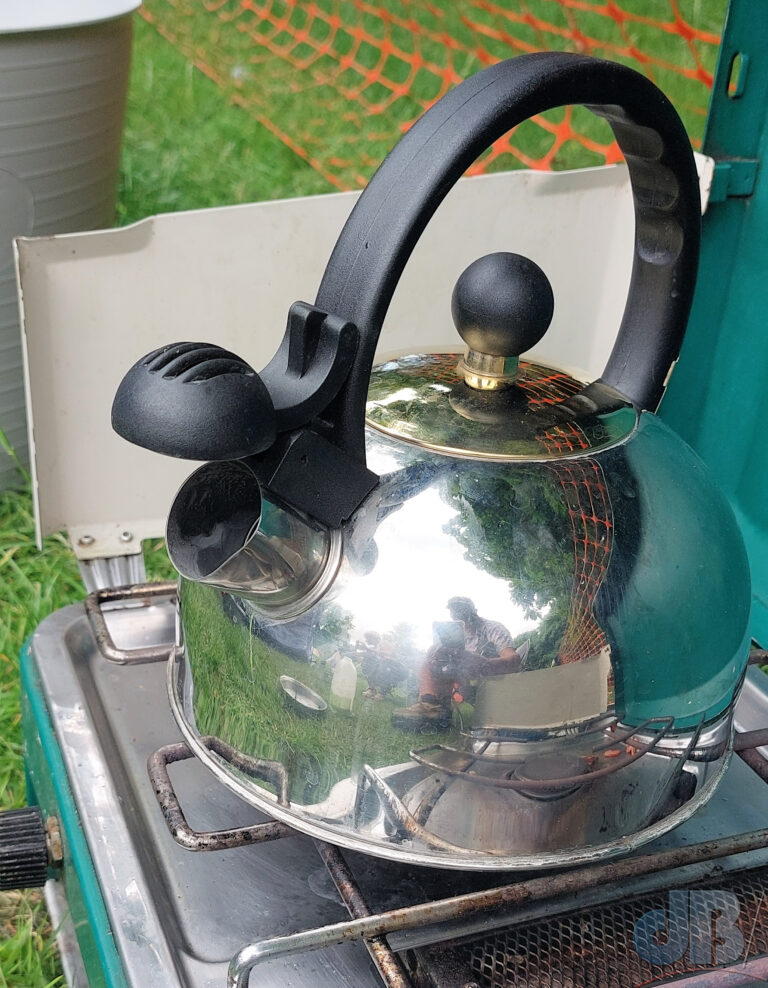
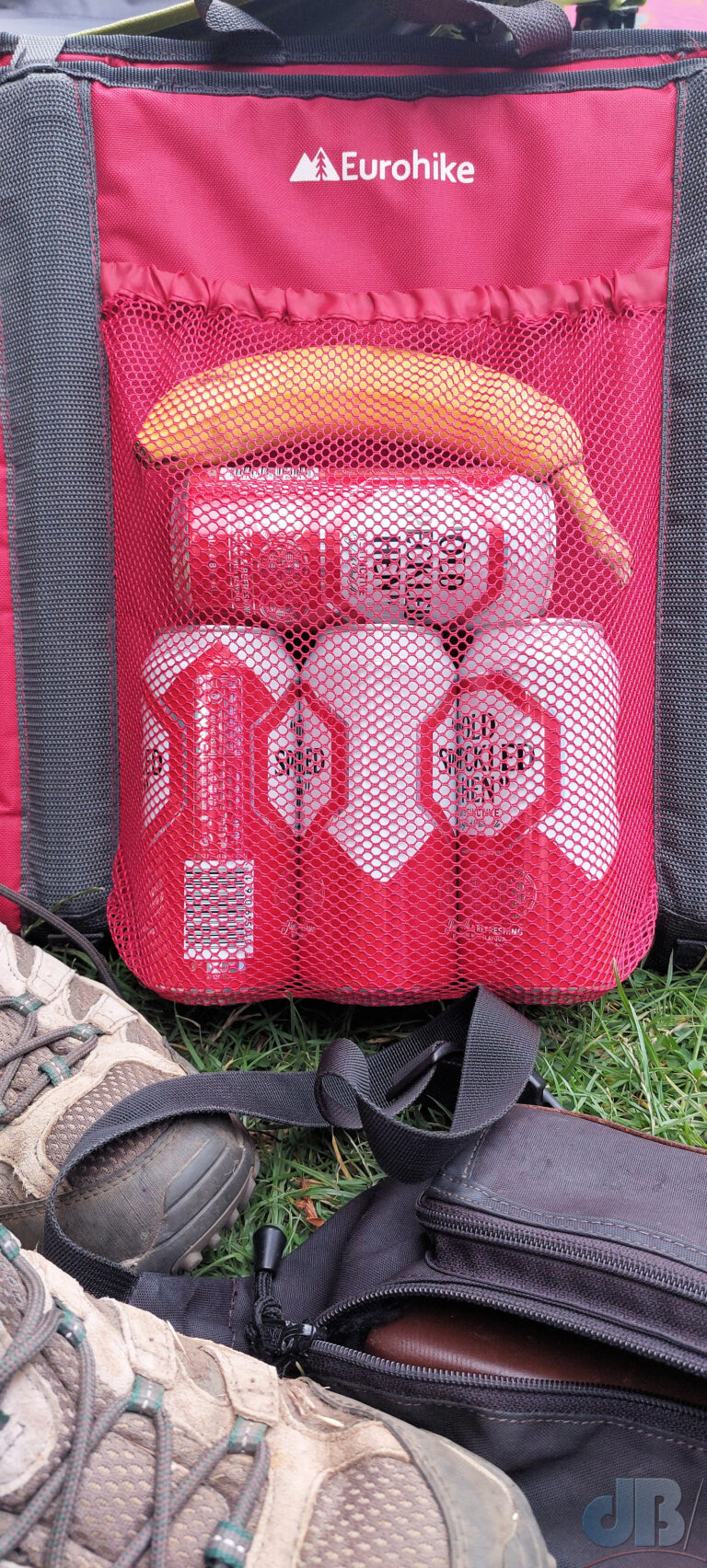
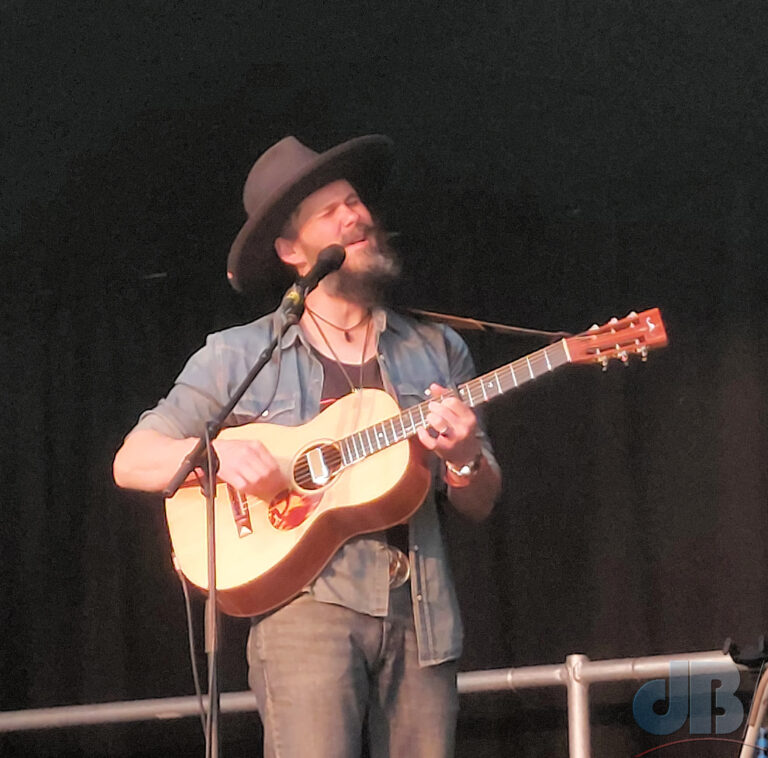
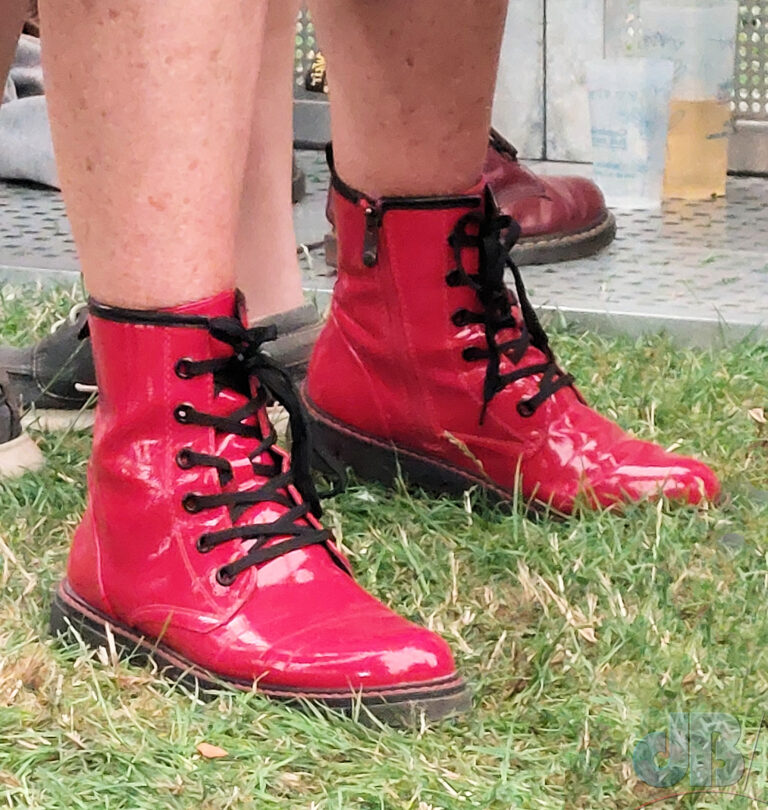




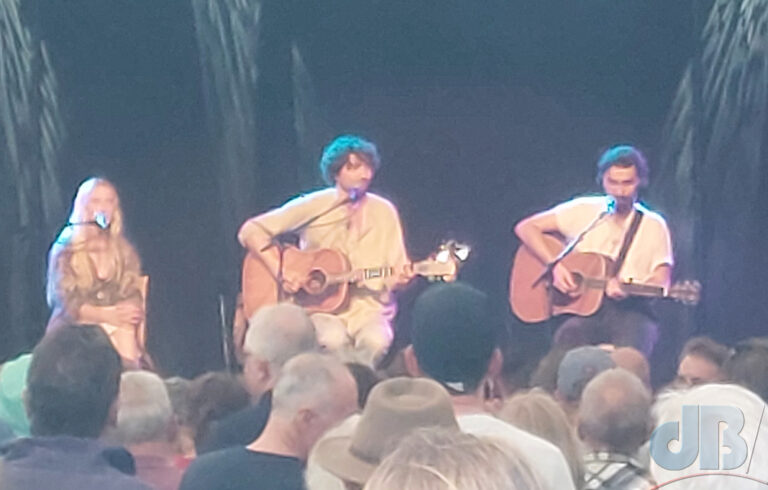
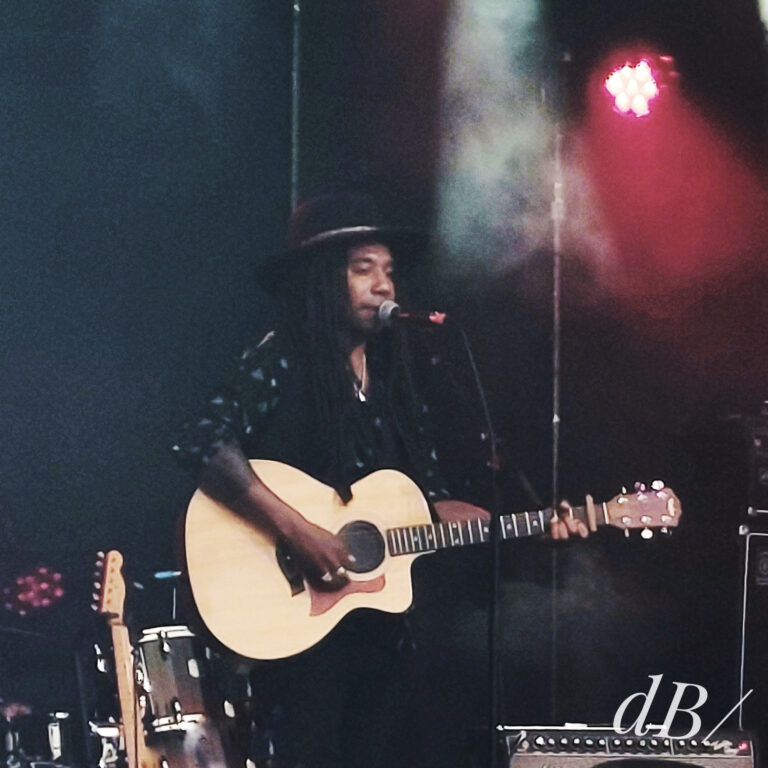
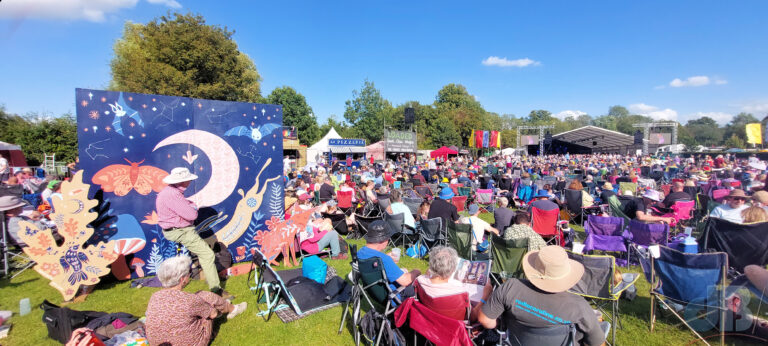
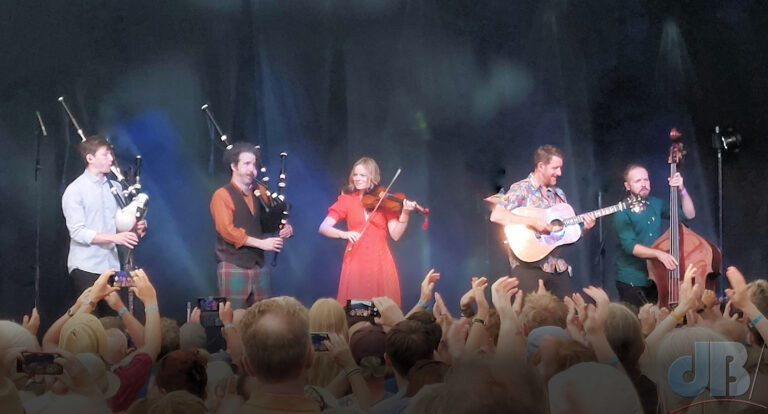
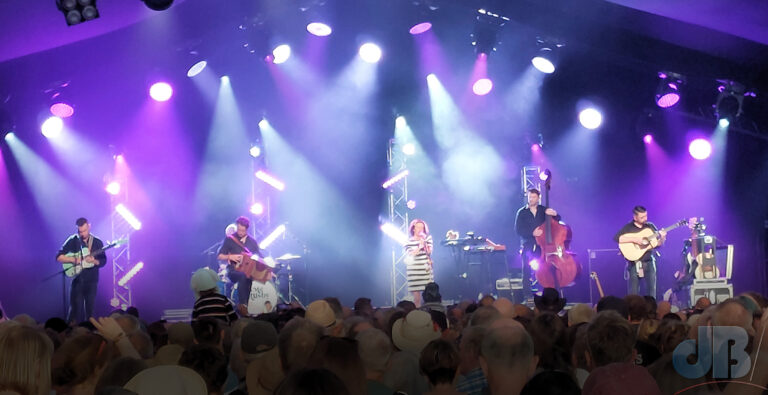
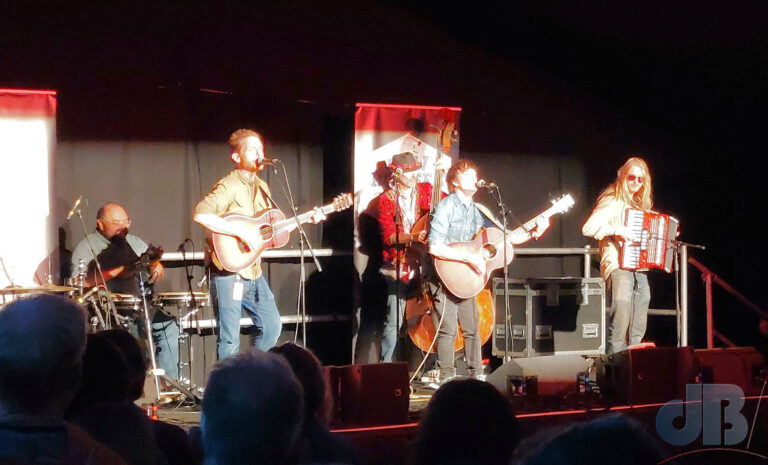
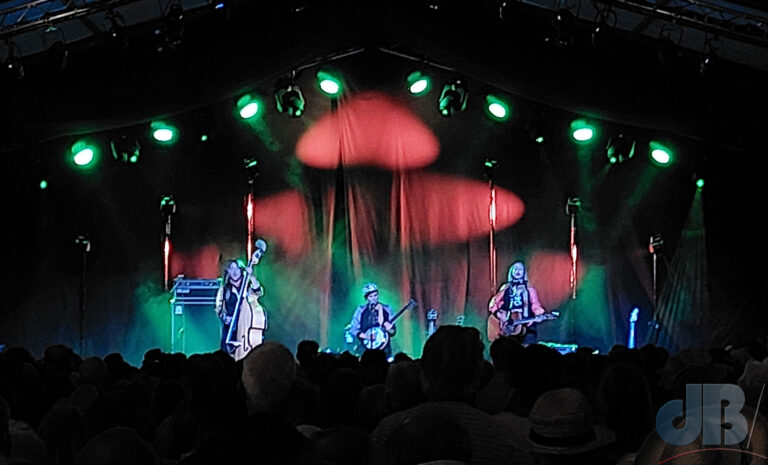

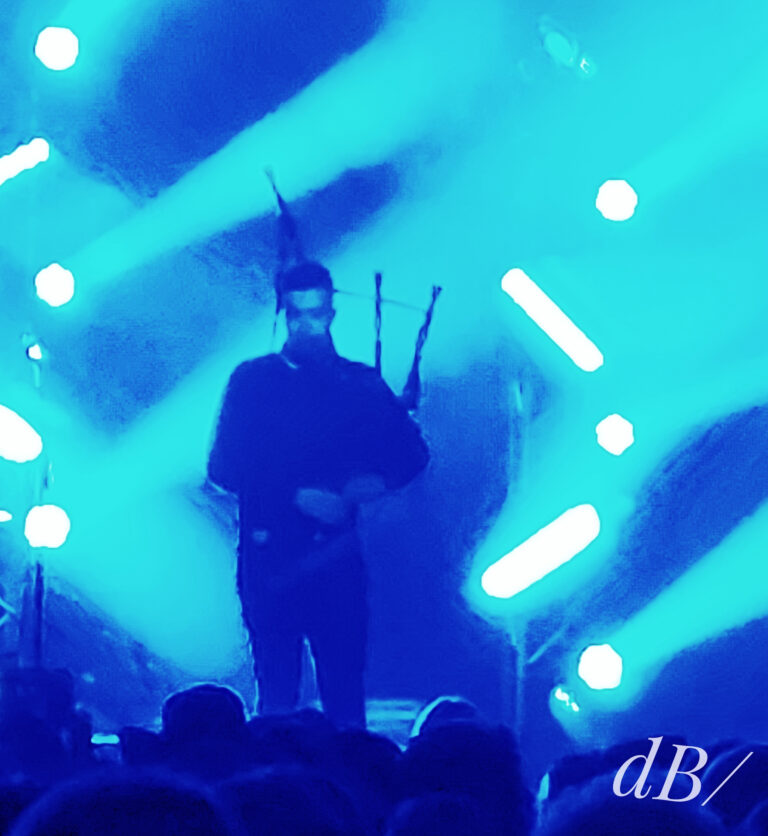

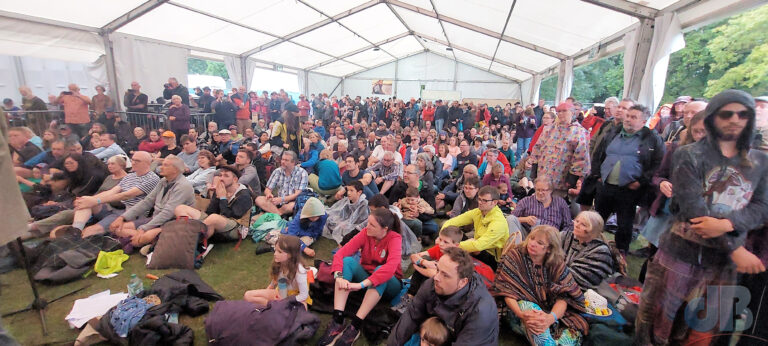
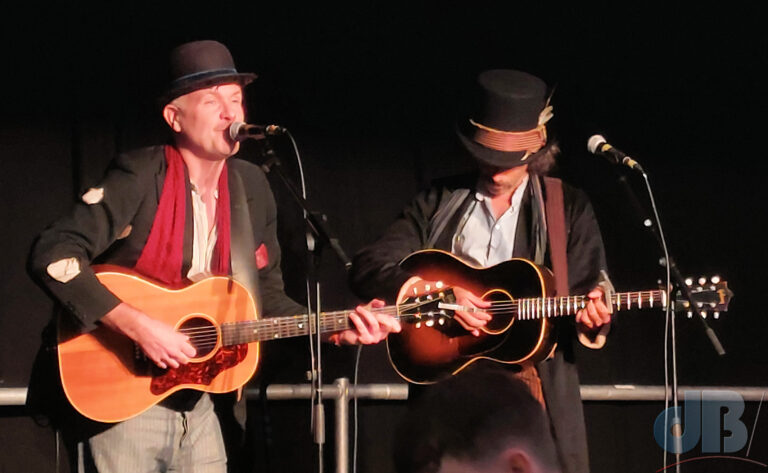
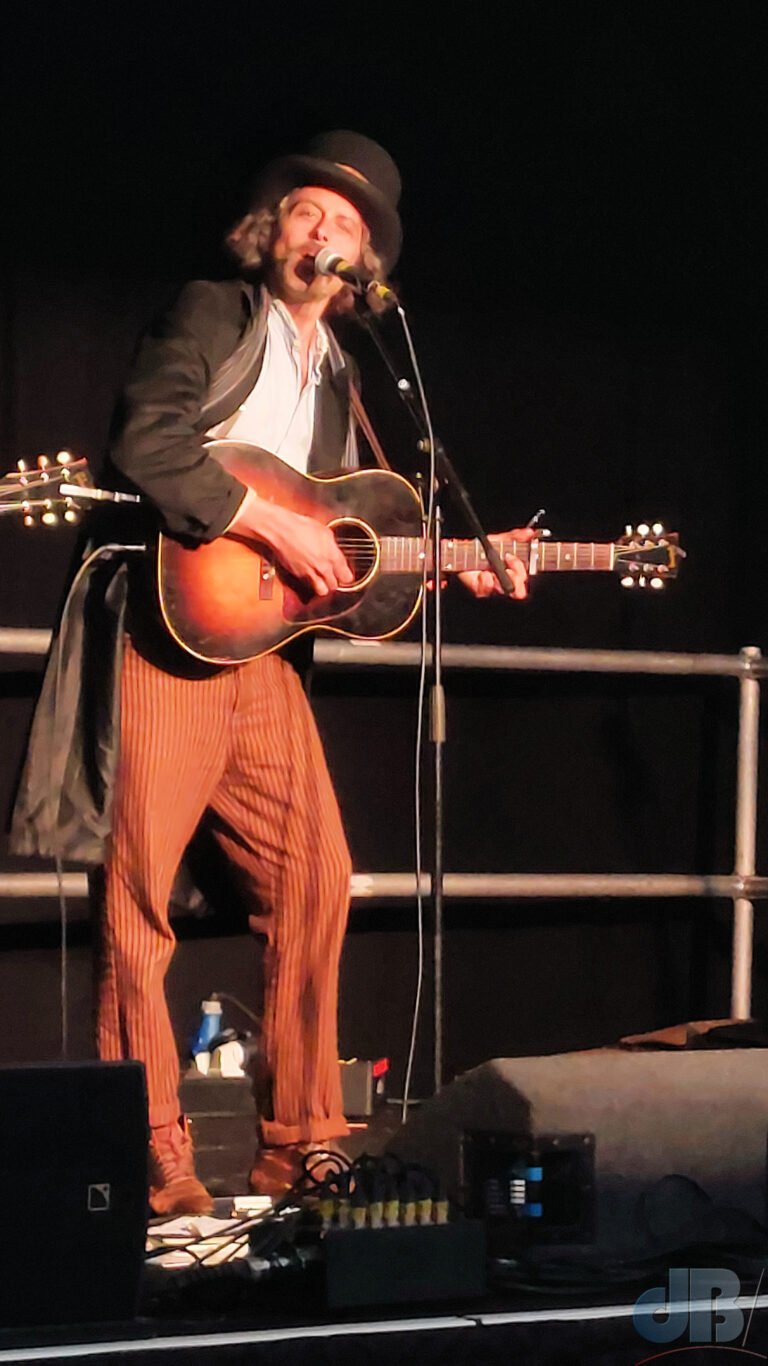
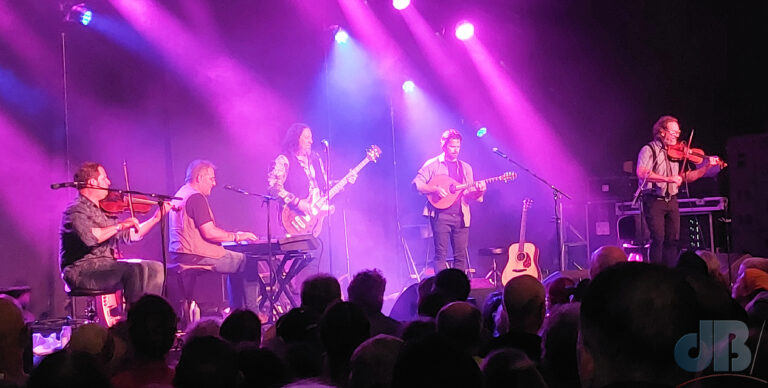
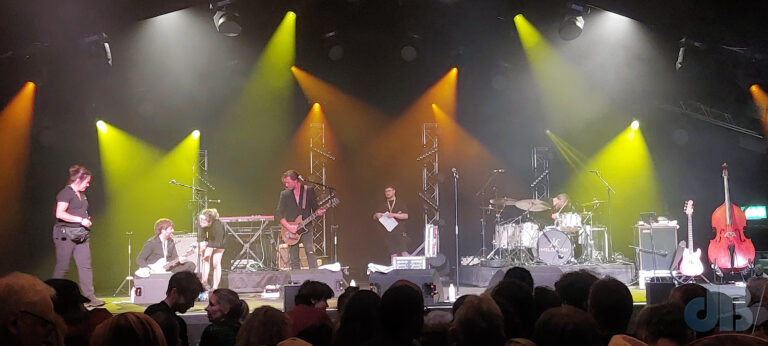
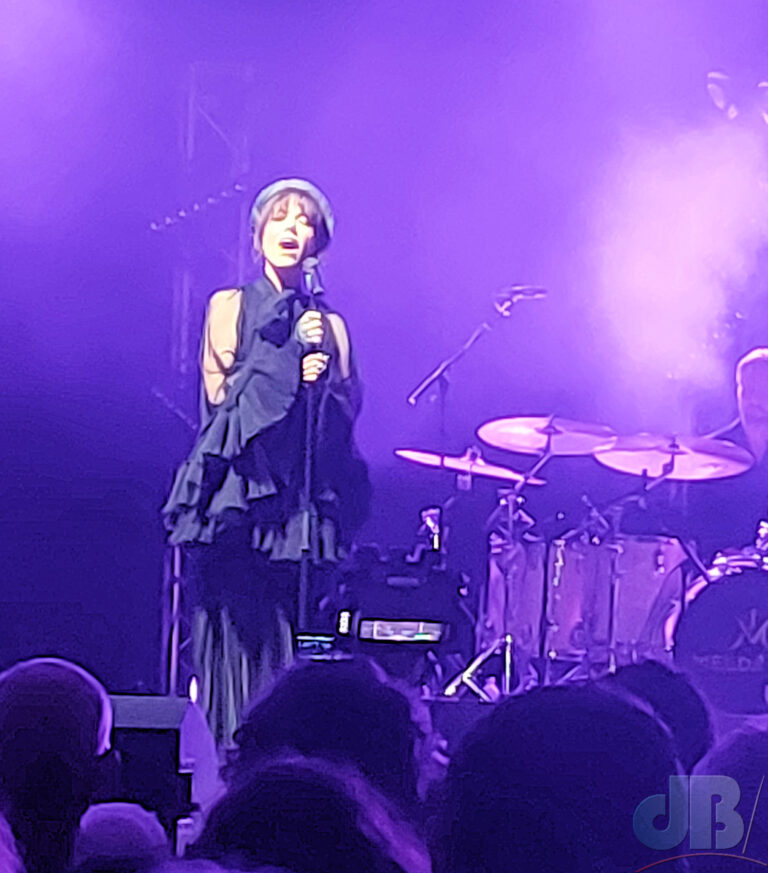
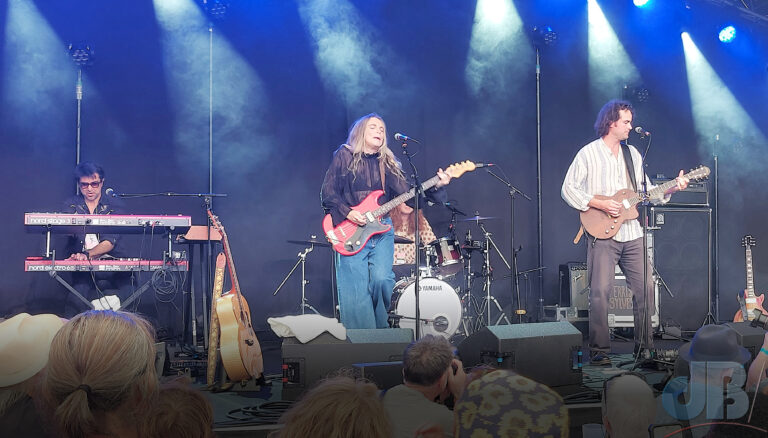
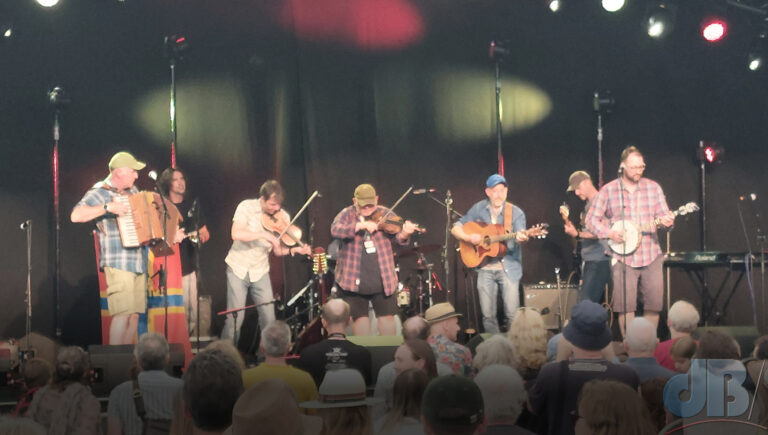
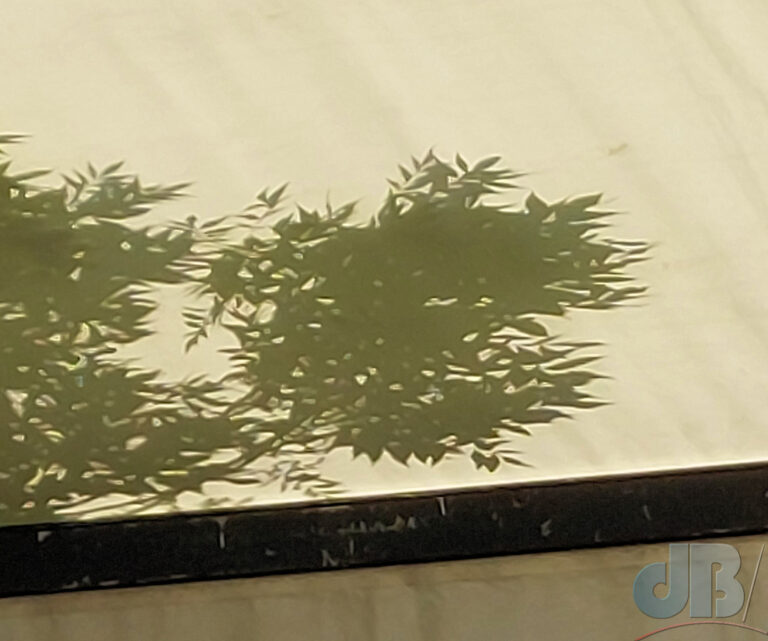
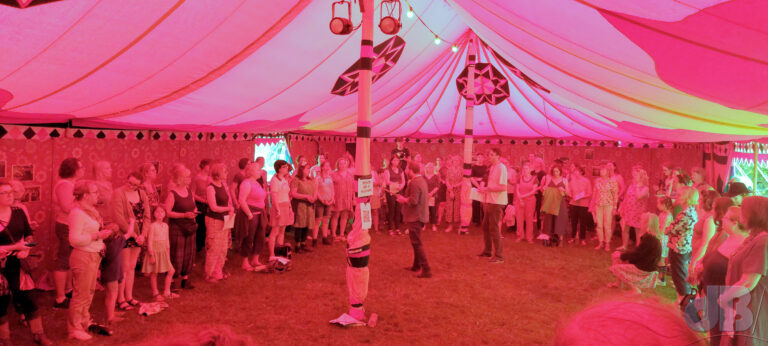

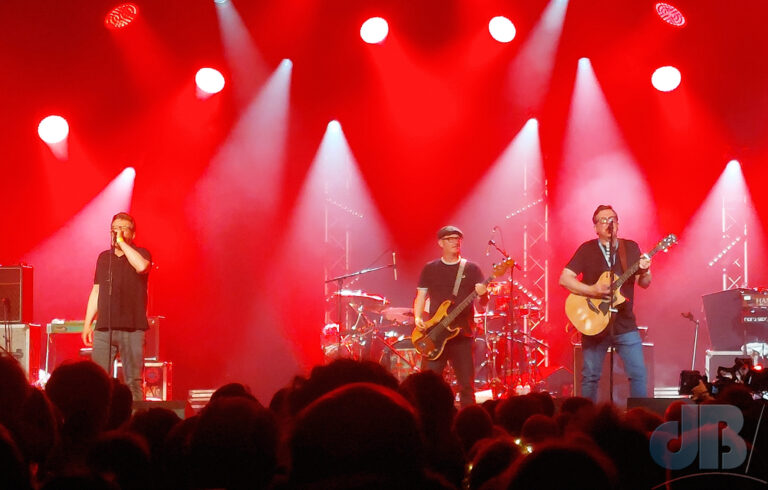



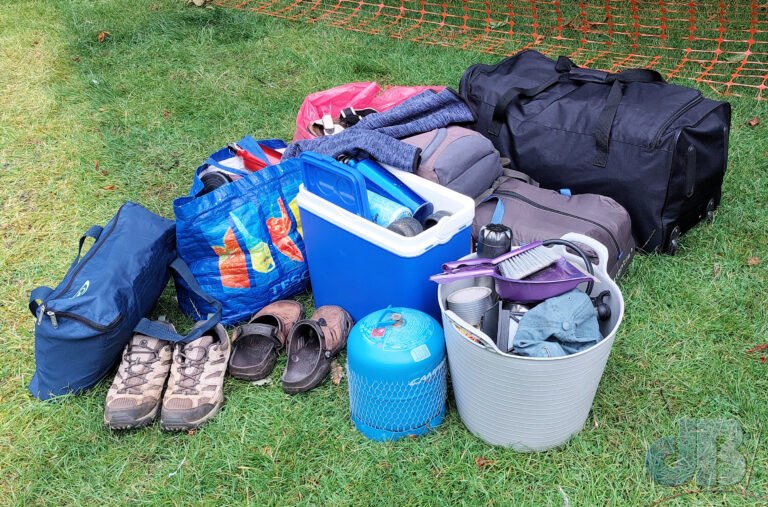
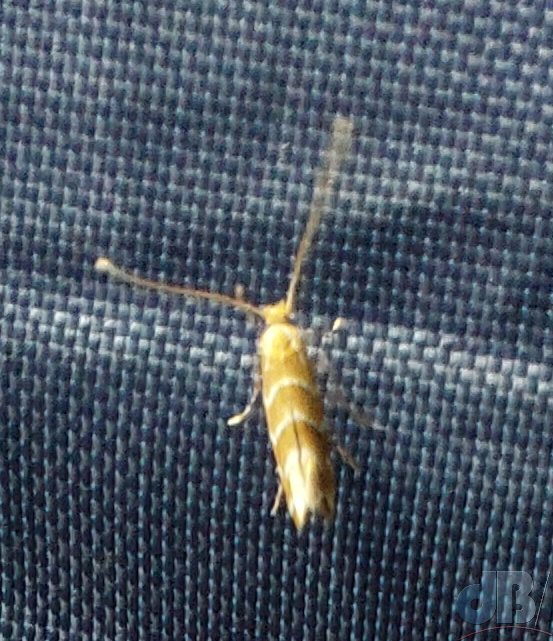


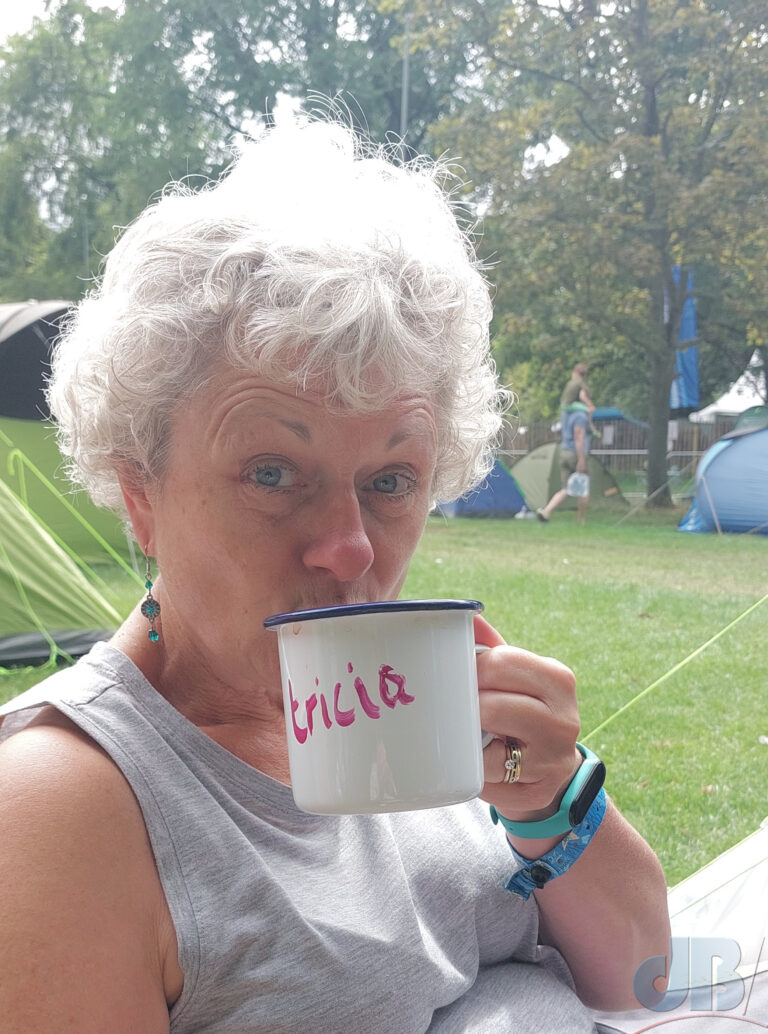
![Horse Chestnut Leaf-miner, Cameraria ohridella [Deschka & Dimic, 1986]. Shiny scales reflecting macro "studio" LED lighting](https://www.sciencebase.com/images/Horse-Chestnut-Leafminer-2023.jpg)
